My history of photography, in ten cameras
1 – The Kodak Vest Pocket Autographic
Before I was old enough to go to school – I was about four – I used to play all day with my mum’s ‘Quality Street’ chocolate-box of buttons, arranging them on the floor by size and shape and colour, and with anything else of hers which I could find, including her Kodak Vest Pocket Autographic camera… which I think William Fagan knows well.
This was a little collapsible ‘bellows’ roll-film camera, which you pulled out to point and focus. But its special capability was the tiny trap door – and stylus – on the back, which let you write a caption to any photo after you’d taken it, and then your handwritten message would appear in white along the bottom of the picture.
Autographic film wasn’t still available in 1951 when I was playing with her camera, but my mum had an album of her photos, with clear handwritten captions along the bottom, such as “Whassamarrer?” on a photo of her looking grumpy on a beach.
I delighted in playing with that Autographic, and, when I got a bit older, I took a few photos with it myself, using then-easily-available plain Kodak 127 roll film (still available today, from places like Nik & Trick, who roll their own from 120 stock, I believe).
2 – The Kodak Brownie 127
When my mum and I went on holidays to North Wales – sometimes with my father and brother – we’d sit on the beach and I absolutely l-o-n-g-e-d- for one of those wonderful curved Bakelite Brownies which other people nonchalantly slung round their neck for snapping pictures in the sun!
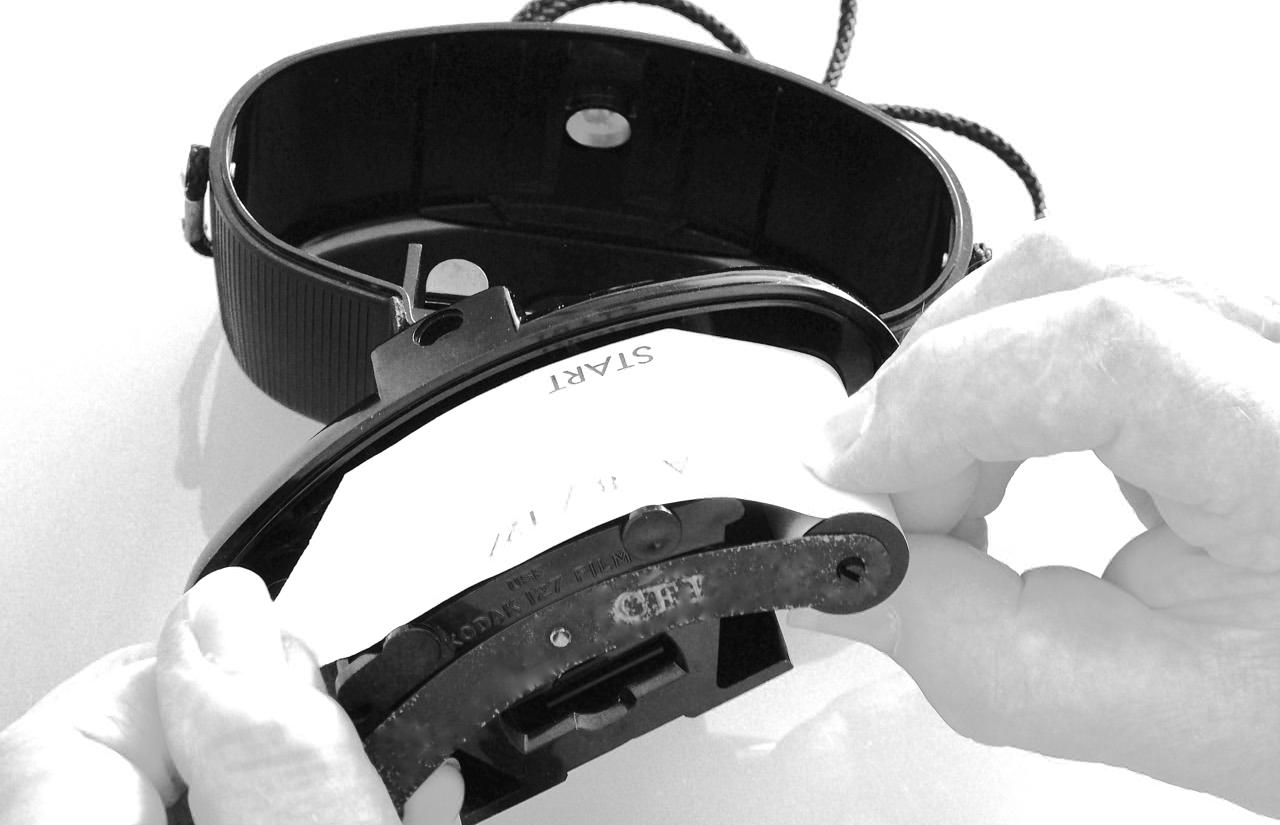
I think I must have mentioned one of these Brownie 127 cameras now and again, because I was given a more modern, two-tone plastic Brownie 44a for my thirteenth birthday. I tried to look pleased and grateful, and took a few photos with it at school camp in Borrowdale, in the Lake District, but what I still yearned for was that beautiful, curved black Bakelite Brownie!
The village shop at Rosthwaite, the next hamlet towards Keswick, had a 127-film slot machine on the wall outside, so you popped in one shilling and sixpence, and out dropped – very hot, in the Whitsun sun – a roll of black-and-white 127 Ilford film “For Faces and Places”. It was like the yellow Kodak film dispenser on the back wall inside Ivor and Elaine’s Red Dot Cameras in London.
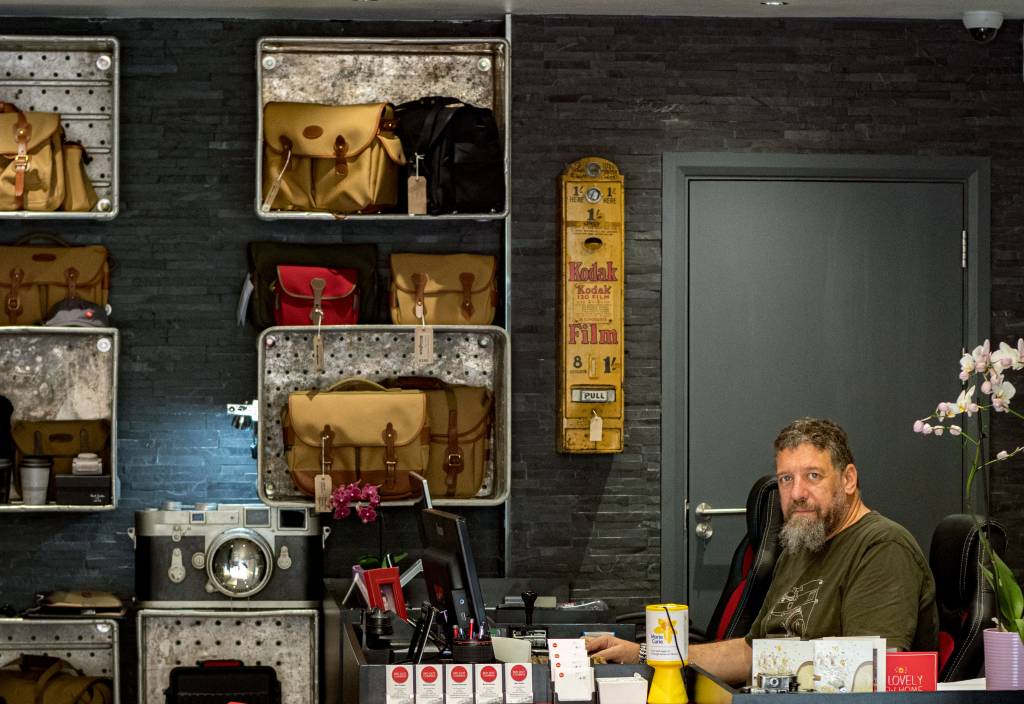
3 – The Polaroid Peel-Apart
Many years later, when my Beloved and I began travelling – to Paris, and a bit further afield, around ’74 – I wanted to take pictures, but didn’t want to mess with all the developing and printing which I’d learned twenty years before. I wanted photos straight away, like Edwin Land’s daughter wanted, when – at three years old – she’d said to her dad “Why can’t I see the picture now?”1
So I bought a Polaroid peel-apart ‘Square Shooter’ from Dixons – which had become Britain’s ubiquitous High Street photo shop – and I took it everywhere. The Polaroid’s little built-in light meter on the front, next to the lens, was the most efficient light meter on any camera , until the Olympus OM-2 (see below) of 1976, because it measured the light during the exposure – that’s while the shutter was open – and then closed the shutter when enough light had reached the film. No other cameras did that.
But I became fed up with all the pictures “looking the same” after a while . They were all, of course, taken with the same lens. So I went to my local specialist camera shop, in Fife Road, Kingston, and bought some extra clip-on lenses for the Square Shooter: a close-up lens, an add- on telephoto lens, and so forth. But they still didn’t satisfy that itch.
…and so I bought…
4 – The Praktica LB2
This was an affordable, East German, £40 Single Lens Reflex. It had a rather noisy, clangy mechanical shutter, but it took interchangeable lenses It came with a 50mm ‘Tessar’ lens on the front, which I soon found to be sharper than any of the other additional lenses which I bought for it – a wide-angle 28mm lens and a telephoto zoom. The beauty of the Praktica was that you looked through the lens which was going to take the picture and if things were in-focus in the viewfinder, then that was exactly what you were going to get on the film.
Instead of having to make allowances for a separate, offset, glass viewfinder seeing something approximating to what the camera’s lens saw, when using an SLR you were seeing EXACTLY what the lens would put on the film.
But the camera-plus-lens was large, rather noisy, and you had to make an effort to take it with you, whereas it would have been nice to use a smaller, ‘pocket’-sized version which you could keep with you all the time.
…so I began to warm to the small, pocketable camera which my Beloved used…
5 – The Rollei 35
This was tiny! Some versions had a sharp ‘Tessar’-design (four-element) lens like my Praktica, and the more expensive version had a wider aperture ‘Sonnar’ lens. This is her camera:
Unlike an SLR – which shows exactly in the viewfinder when you’ve got accurate focus – the little Rollei needs guesswork to estimate the distance at which to focus, but if you’re familiar with guessing distances, that’s no problem. And its slightly-wide, 40mm lens has a little more depth-of-field than a 50mm, so it covers up some focusing inaccuracies!
The Rollei shutter’s an almost silent centre-opening ‘leaf shutter’ within the lens, and the whole camera is utterly unobtrusive and almost unnoticeable. The lens retracts into the body, like early Leica lenses, and to make things as small as possible, the film rewind knob, frame counter and the flash accessory shoe, are on the underside.
It made a handy, carry-always alternative to the larger, noisier, and rather obtrusive Praktica. No interchangeable lenses, though.
But then, in 1976, a new automatic-exposure version of the marvellous 1972 ‘miniature’ all-mechanical Olympus OM-1 SLR arrived…
6 – The Olympus OM-2
Mr Maitani’s design of the brilliantly groundbreaking Olympus OM-1 had reduced the size of the standard SLR by about a third, and the weight as well, and the OM-1 had a brighter, easier-to-use viewfinder than any other SLR. The camera looked especially wonderful, as he’d taken off the flat, rather dominant top-mounted flash/accessory shoe (which had remained the same since Oskar Barnack first put it on a Leica in 1925) and Maitani made that flash-shoe a screw-on option, instead. This shrank the apparent height of the OM-1, giving the camera a beautifully uncluttered, simple, minimal A-shaped top-plate.
The OM-1’s successor – this 1976 OM-2 – was the same size and shape (but without the OM-1’s small mirror-lock-up lever on the right side of the camera) and it took all the same small, sharp, contrasty lenses, and had the same range of shutter speeds, BUT it also offered AUTOMATIC shutter speeds: you set the lens’ aperture, and the camera – apart from focusing – did the rest, to paraphrase George Eastman’s slogan for his original Kodak box cameras!
So if you were shooting somewhere dark, and the camera estimated, say, a five-second exposure, but someone fired a flashgun, or lit a match or a candle while the shutter was open, the OM-2 would recompute the correct exposure on-the-fly, taking into account the change of light reaching the film. This was perfection – and was infallible!
You could still use it as a manual camera if you wanted. But why bother, when the camera itself always got it right?
The huge range of interchangeable lenses meant that you could shoot anything anywhere, anytime, from 8mm fisheye in the gloom to 1000mm super telephoto at the races. This was the apotheosis of photography, and the benchmark against which to measure all other 35mm SLR cameras.
Other companies went for automation of course: Canon with the AE-1 (but they did it the other way round; you chose the shutter speed and the camera chose the aperture) and Leitz/Leica, with the cumbersome SLRs which they had started making, or having made for them by Minolta (although it took a quarter of a century before Leitz/Leica offered automatic exposure in a rangefinder with the 2002 M7).
Pentax shrank their own cameras to the size of the OM-1 and OM-2, creating their little ME (electronic) and MX (mechanical) mini SLRs.
Slowly, very slowly, after a further twenty years, the world moved towards a new breed of so- called ‘digital’ camera, each with a light-sensitive Charge-Coupled Device (CCD) in place of the traditional roll of photo-chemical plastic film.
And the world was moving on from manual focus to fast and accurate autofocus film SLRs.
7 – The Canon EOS 300D
…also known in Japan as the ‘Kiss’ and in the United States as the ‘Digital Rebel’. This was the first sub-£1000 / $1000 APS-sized-sensor digital SLR ‘for everyone’.
I bought one, for rather less than the usual going rate, as it had just been superseded by the newer 350D, and so the price -–at Chiswick Cameras in west London – had dropped by several score pounds. I put the difference towards a massive Canon 28-300mm cast-iron zoom lens (see the photo) as my Beloved and I were going to visit friends in South Africa, and there was the chance that we might go to a safari park, and the 28-300 became the equivalent of a 45-480mm lens on Canon’s smaller-than-‘full-frame’ APS-sized sensor. Just right for hunting lion!
Click on images to view full size
The 300D was a wonderful all-round autofocus digital camera. It had only those 6 megapixels, but that was more than enough to showcase the magnificent lenses, and to bring digital into the mainstream.
I used that, and several other small digital ‘pocket’ cameras, ‘till an enormous revolution rocked the world – and certainly the world of video, as well as stills..
8 – The Canon 5D Mark II
Canon and Nikon had moved towards expensive-to-make ‘full-frame’ sensors in their ‘professional’ line of SLRs. But in 2008, an amazing event happened: Canon’s video engineers had looked at the ‘full-frame’ sensor – the same size as a frame of 35mm stills film – to go inside their new 5D Mark II camera, and said “we could make that deliver 30-frames-per-second ‘Full Hi-Definition’ 1920×1080 video, not just stills”.
(Nikon’s 2008 APS-sized D90 SLR already offered ‘highish-def’ 1280×720 pixel video shooting.)
The Canon 5DMkII, with its bigger ‘full-frame’ sensor, offered movies with shallower depth of field – a more ‘cinematic’ look – than even cinema film itself. And the high-ISO capability of the 5DMkII meant that movie makers could shoot in lower light than traditional film-makers ever dreamt of.
(Going back to Oskar Barnack’s idea, in 1912, for a small, pocketable camera using 35mm cinema film, Barnack chose a frame size TWICE as large as a movie frame because his film moved horizontally through the prototype ‘Leica’, instead of the vertical film movement of movie cameras. This meant that ‘full-frame’, or ‘double-frame’, stills cameras used a lens with one-and-a-half times greater focal length than cinema cameras for a similar view. And so, with a longer focal length, they give shallower depth of field than comparable movie- camera lenses at the same aperture)
And talking of dreaming, a stills photographer in New York, Vincent Laforet, borrowed a couple of 5DMkIIs from Canon and shot, over one weekend, a three-minute low-light movie, including a night-time helicopter ride over NYC, calling it “Reverie”, and up-loaded it to the internet.
That one online video revolutionised film-making or, more accurately, ‘movie’-making.
Movie-makers could, for the first time, now use a simple, standard, off-the-shelf consumer-grade stills camera to shoot professional-grade cinema and TV, with shallower DOF and far cheaper lenses – rather than using multi-thousand-dollar professional cinema equipment. This was, for those of us immersed in film and video besides stills, a stupendous development!
9 – The Olympus E-M1
‘Full-frame’ SLR lenses were, and are, big, and my Canon 28-300mm lens was – and is – extremely heavy. The shrinking of ‘Four-thirds’ size cameras down to ‘micro-four-thirds’ – by removing the up-and-down flipping internal viewfinder mirror, and adding an electronic finder – meant that a new breed of lenses could be built, sitting closer to a camera’s sensor, with the entire size and weight of the lenses being reduced.
Panasonic’s GF1 was the breakthrough versatile little m4/3 camera, and more followed, till Olympus surprised the world in 2012 with its mini-SLR-like, stabilised-sensor m4/3 E-M5! That was a brilliant little gem of an all-purpose, carry anywhere, miniature interchangeable-lens camera – just as the early film-camera Leicas had been, eighty-plus years before. We shouldn’t forget that, back in the twenties and thirties, 35mm photography was called “miniature photography” and rather looked down upon by the big-format pros.
A year later, came the E-M5’s successor, the (supposedly) aimed-at-professionals E-M1. I rushed to a pre-sales demo at Camera World, in a Soho back street, and put in my order then and there.
The E-M1 focused fast (having smaller-than-SLR, lighter pieces of glass to move), it shot fast, had wildly customisable controls, and could adjust the ‘heel’ of the exposure curve, and the ‘shoulder’ (like professional video cameras could) to simulate the extended response of film, to keep details in shadows as well as in highlights. Its controls were just where my fingers wanted them, and a huge range of terrific, small lenses let you shoot anything anywhere – just like the OM-2.
That sensor stabilisation, though, was the ultimate selling point. (Oh, and there was ‘Keystone Correction’ to adjust – inside the camera – any leaning verticals when pointing it upwards. And it also had >stabilised video, and a choice of ‘pro’-grade constant-aperture, wide-aperture lenses, as well as a completely silent ‘electronic shutter’ mode.)
10 – The Sony RX100 Mark VI
My Beloved gave me an original Sony RX100 – when it first came out – for Christmas, or was it for my birthday? “I’d read that it’s the best,” she said. I’d read about it, too. But how could it be “better” than an E-M1?
The RX100 was small, pocketable, with a truly excellent sharp and flare-free short zoom lens. But it couldn’t zoom as far as the E-M1 could.
But then the RX100 Mark II came out a year later, with a different sensor, and 40% better low-light sensitivity.
The Mark III came the next year, with a slightly shorter, but wider, zoom, and with a wide f/1.8 maximum aperture – even better for indoor photos. Now it had a built-in pop-up electronic finder, and much improved video shooting, besides a built-in Neutral Density filter for using maximum aperture or slow shutter speeds on sunny days.
The Mark IV followed, with a new slo-mo video capability. And that was followed the next year by the Mark V: faster (now with phase-detection) focusing, more focus points, same 10-element (nine of them aspherical) low-light lens.
The Mark VI then came two years later, with a simpler-to-shut pop-up finder, and now with a 24-200mm (equivalent) zoom lens. That was – and is – the equal of the brilliant Olympus 12-100mm (24-200mm equivalent) E-M1 lens. So now the RX100 Mark VI is pretty much like an E-M1. But it just slips into your pocket!
(The latest Mark VII has a couple of extra video features, such as a microphone socket, and unrestricted video duration, but nothing which makes me want to swap my Mark VI for a Mark VII.)
This camera, the RX100 MkVI, isn’t much bigger than two matchboxes stuck together, with 30-1/32000 sec auto-exposure shutter speeds, an almost-silent shutter, a retracting 24-200mm (equivalent) lens, it shoots 24 frames per second stills (as if anyone ever needs that) with instant focusing, a twenty megapixel low-light sensor, and it shoots ‘Full HD’ and 4k (almost cinema quality) video, including (at lower definition) 1000 fps super slow-motion.
And, like that Vest Pocket Kodak Autographic, you can just slip it in your pocket – but with no need to wait a week for the film to be developed!
These are wonderful times we’ve been living in! With hi-ISO cameras for shooting handheld by moonlight; memory cards holding thousands of photos; and thousands of photo websites, showing millions of creative pictures!
Would dear George Eastman ever’ve thunk it?!
P.S: I’ve used and owned many more than these ten cameras, and I’d have liked to include, say, some of the Sony A7 series, but these ten, above, are those which have been the highlights, for me, anyway, of my own photography journey. Your mileage may vary.
What are the ten best cameras you’ve owned – or lusted after – in your own photographic journey?
Read more from David Babsky on Macfilos
- ..as described in the wonderful book by Christopher Bonanos,’INSTANT: The Story of Polaroid’. ↩

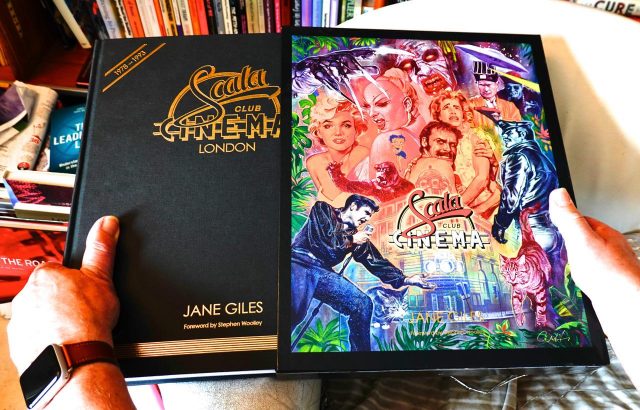
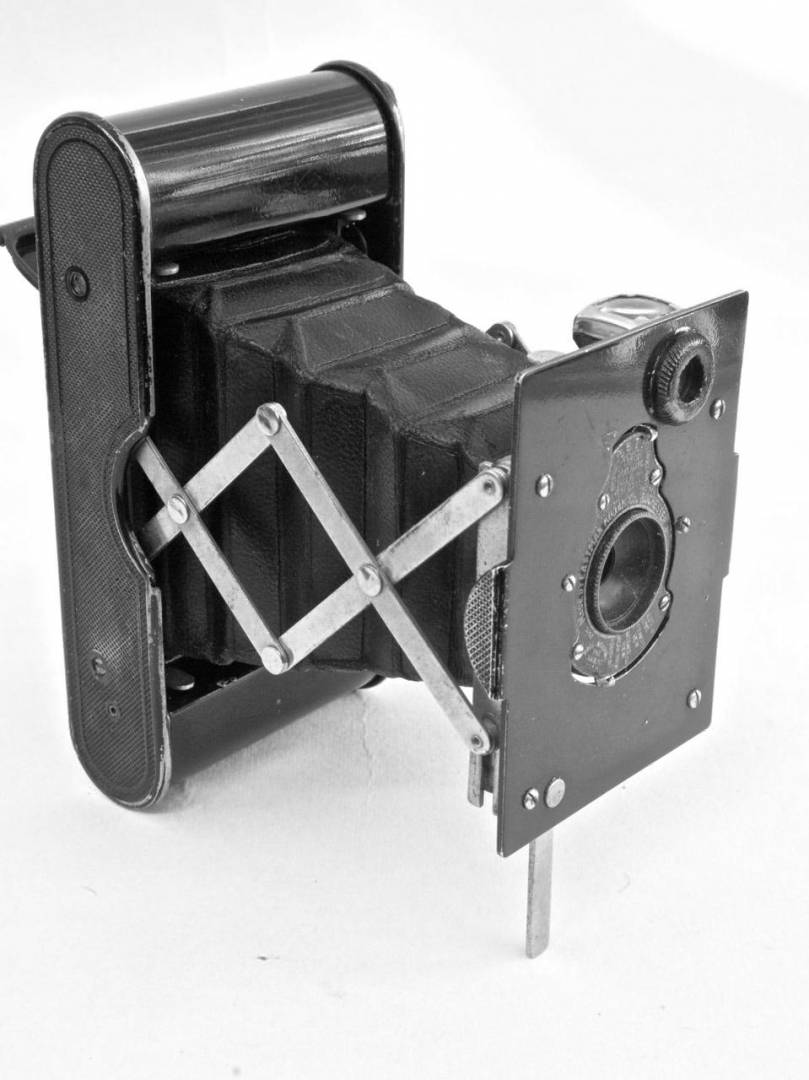
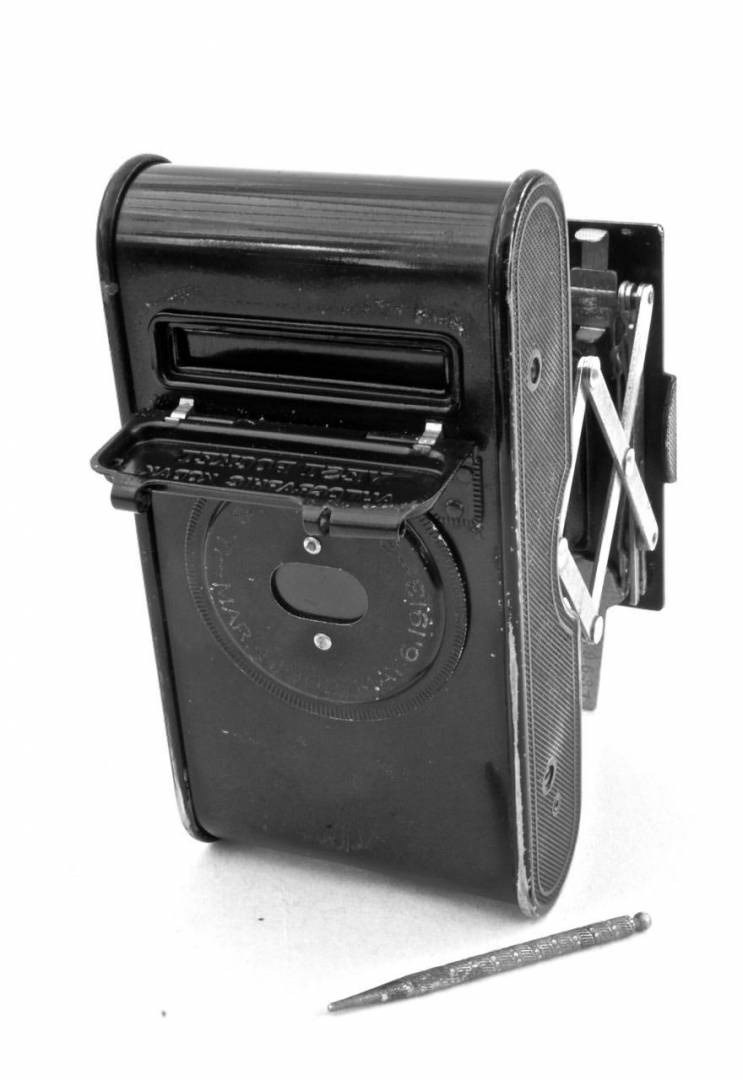
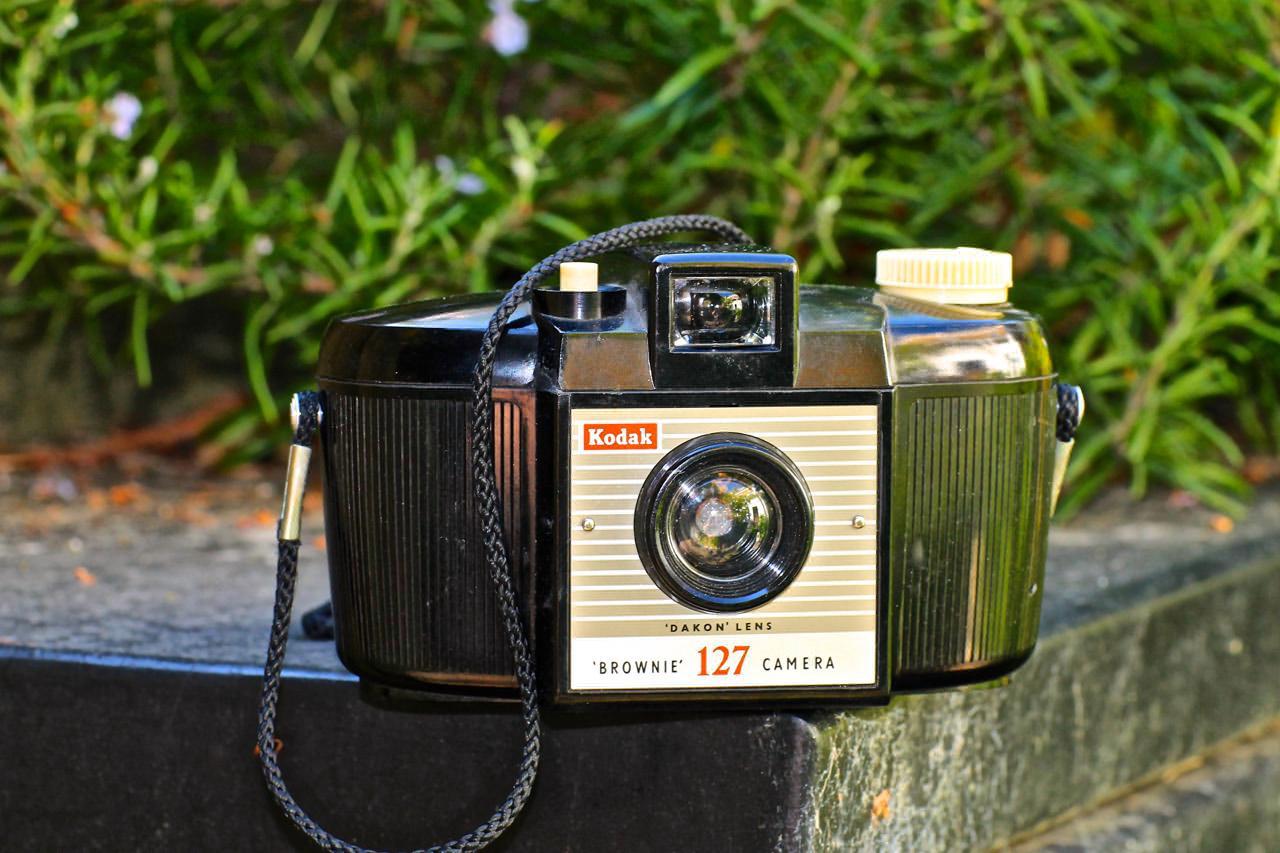
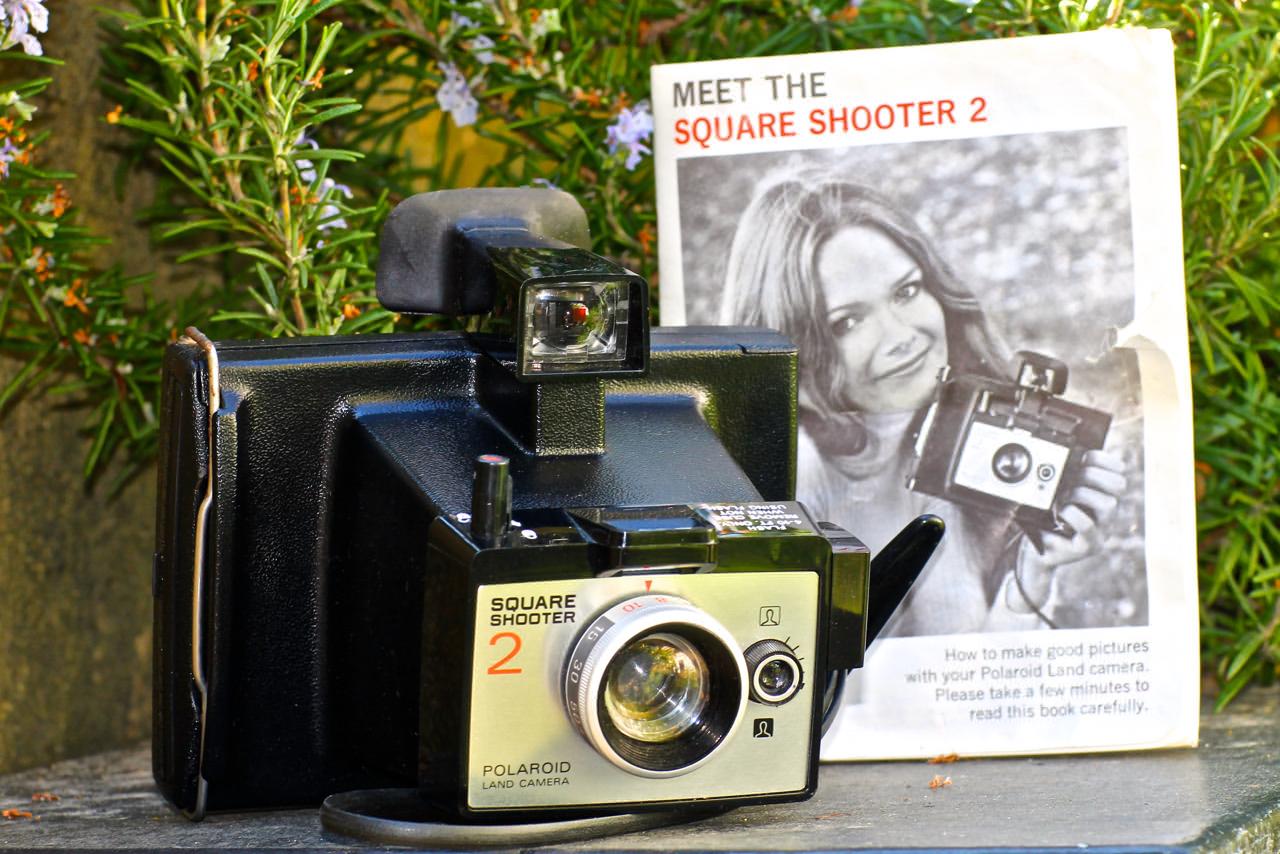
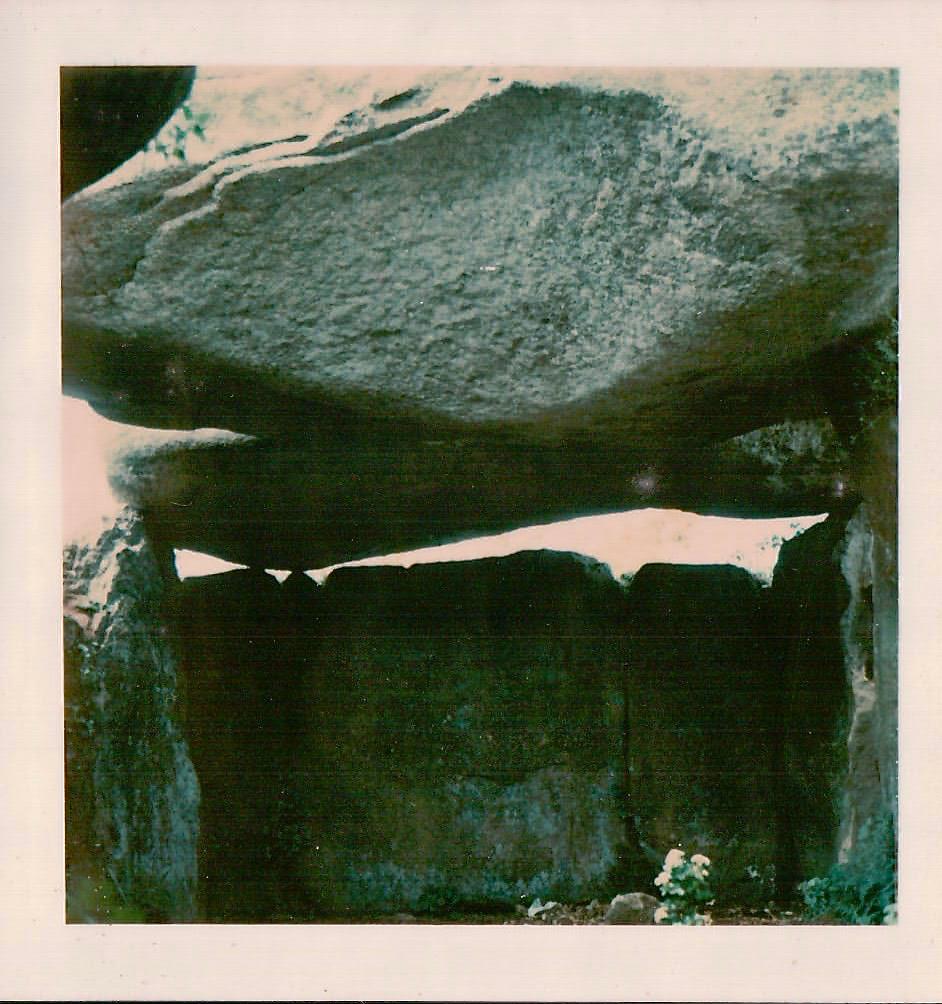
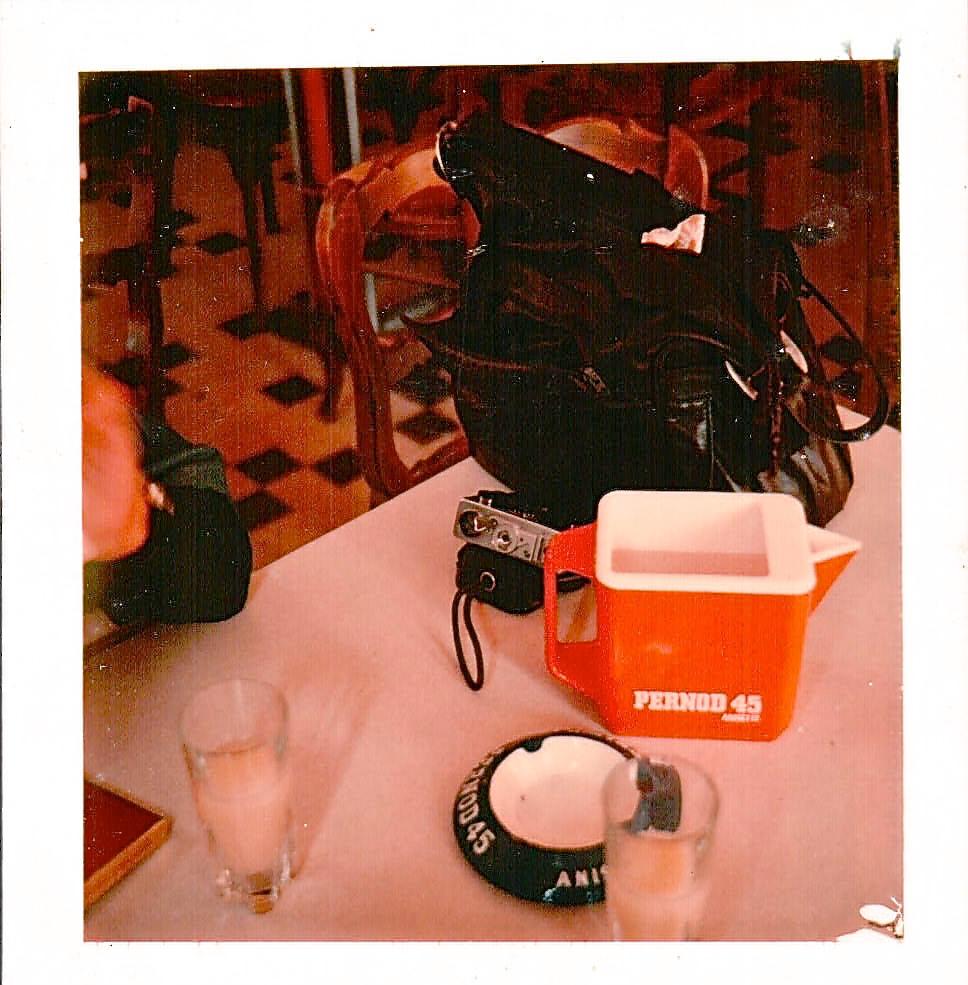
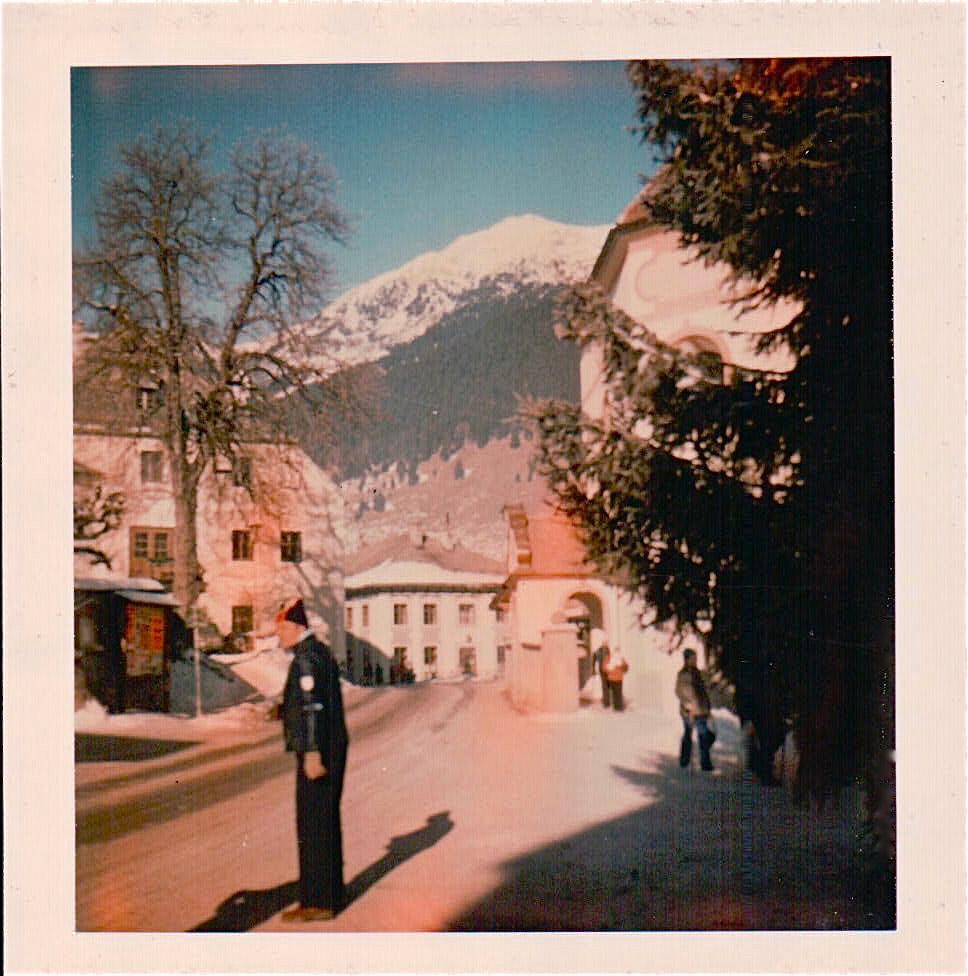
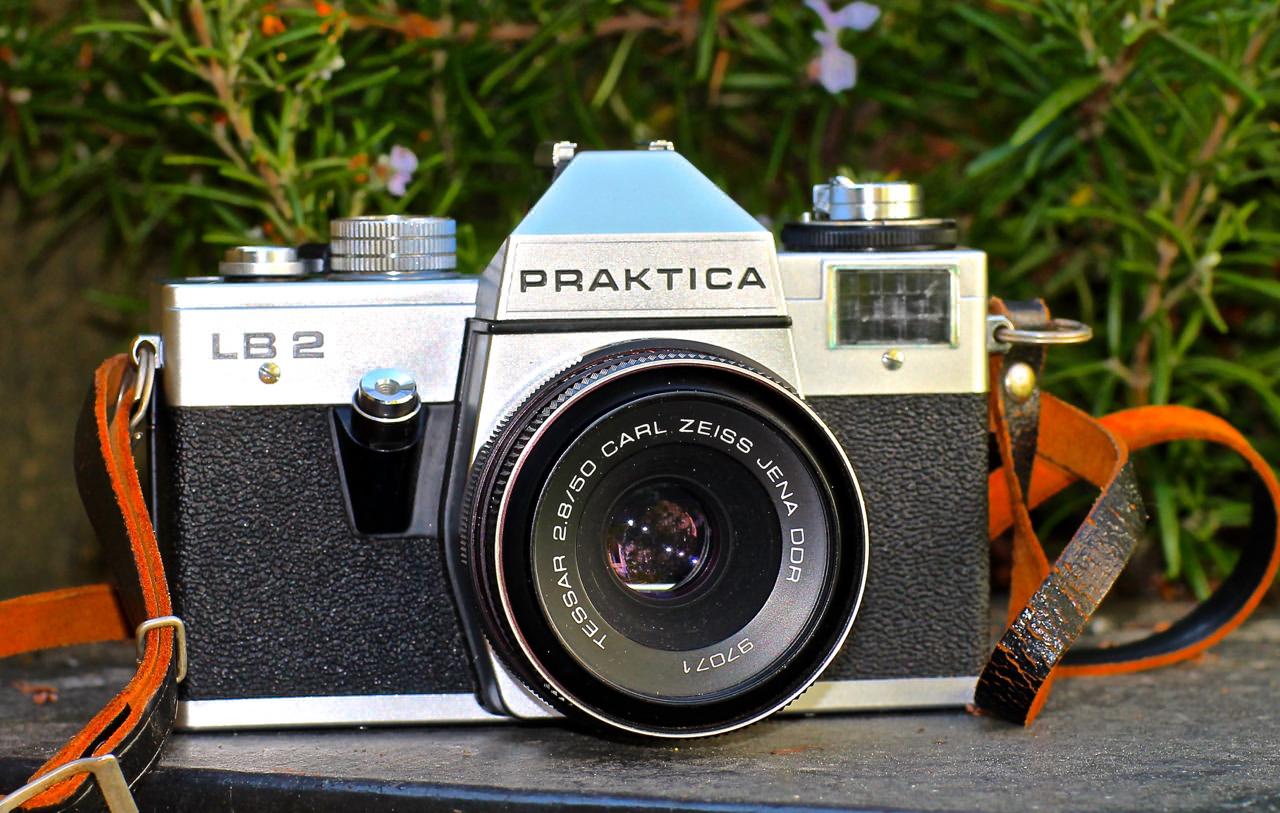
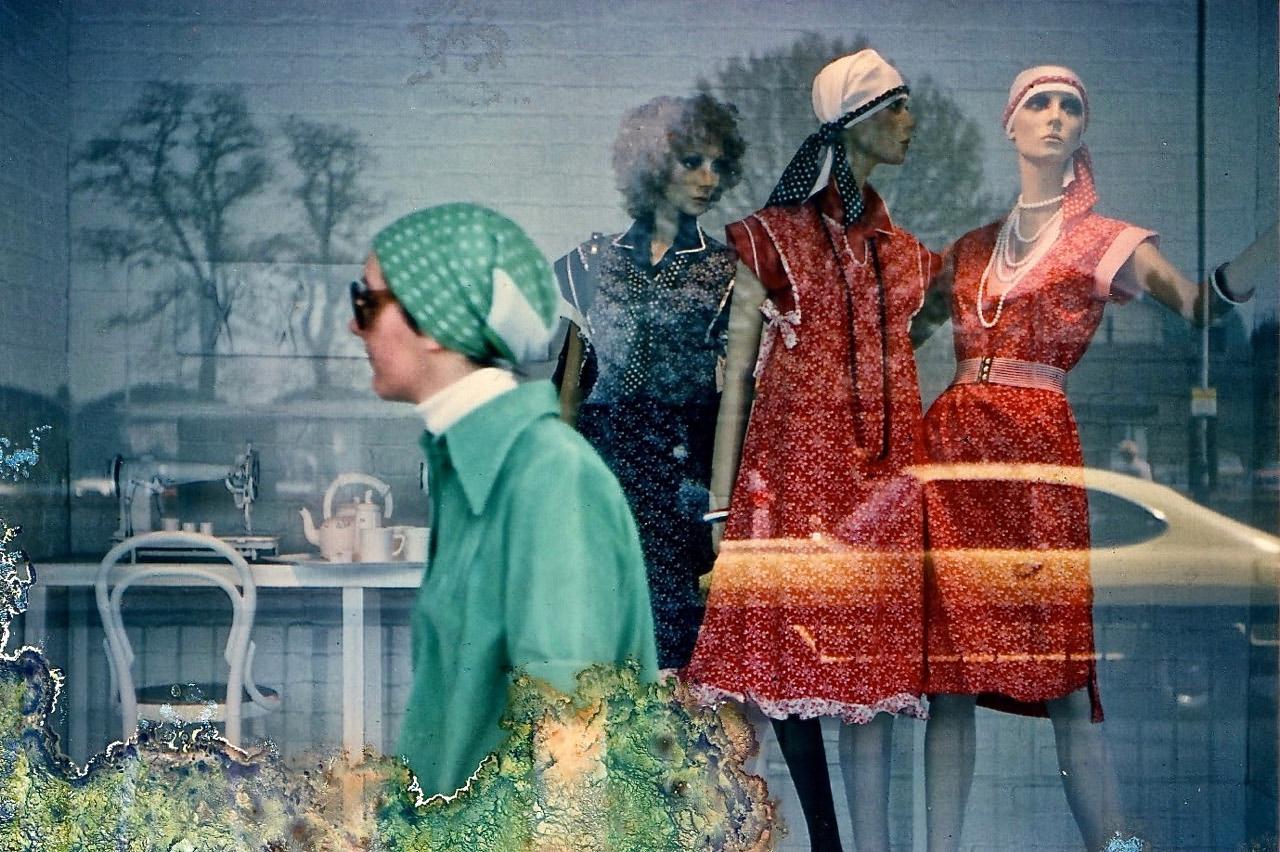
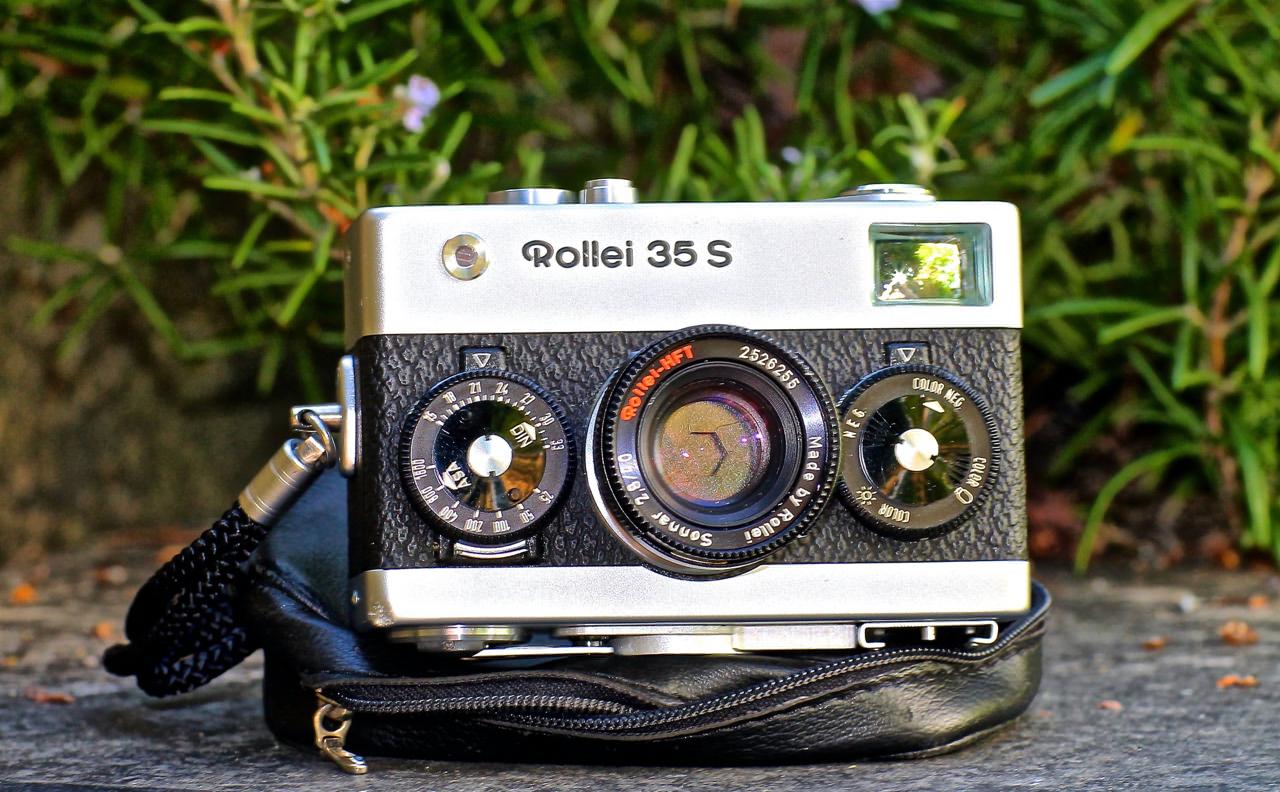
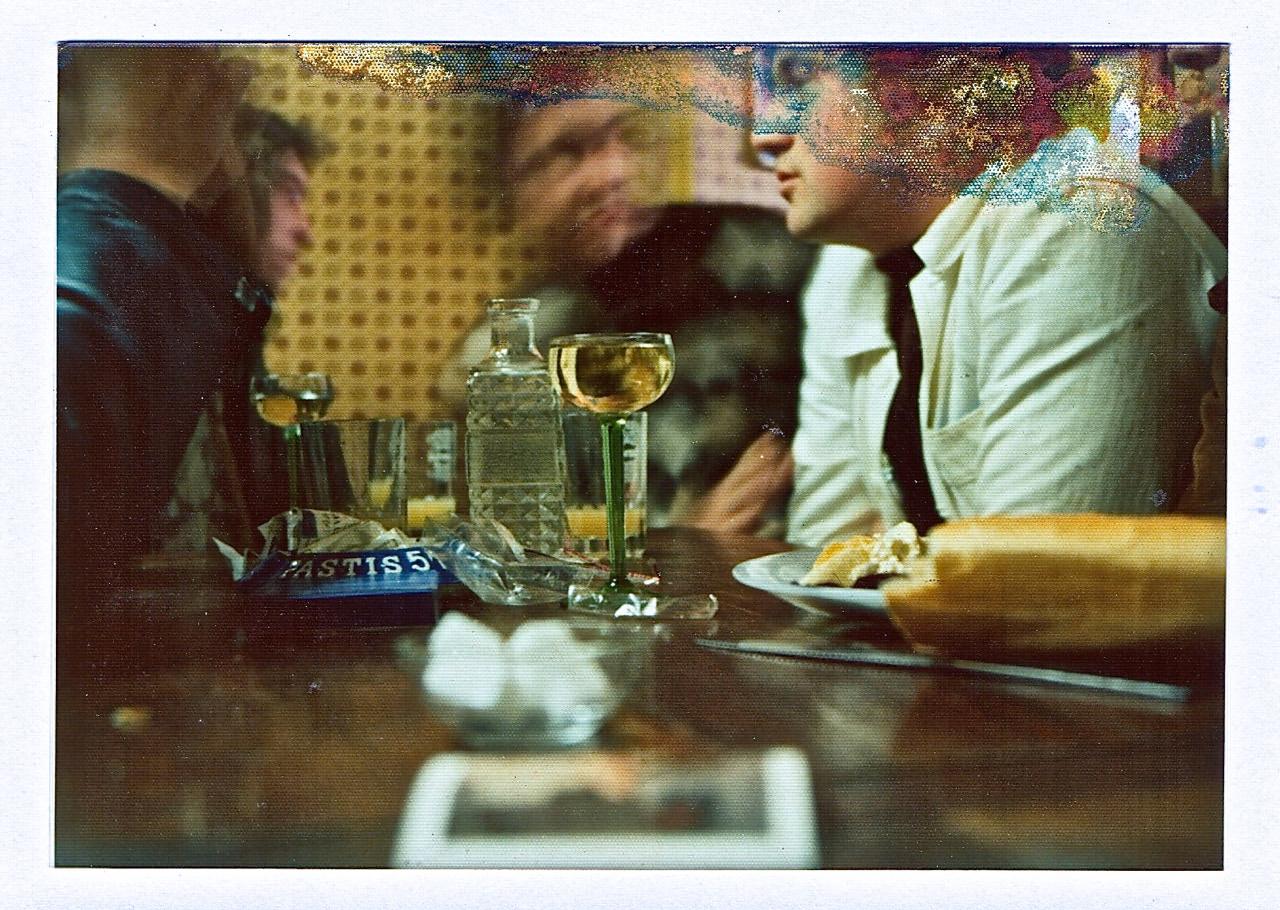
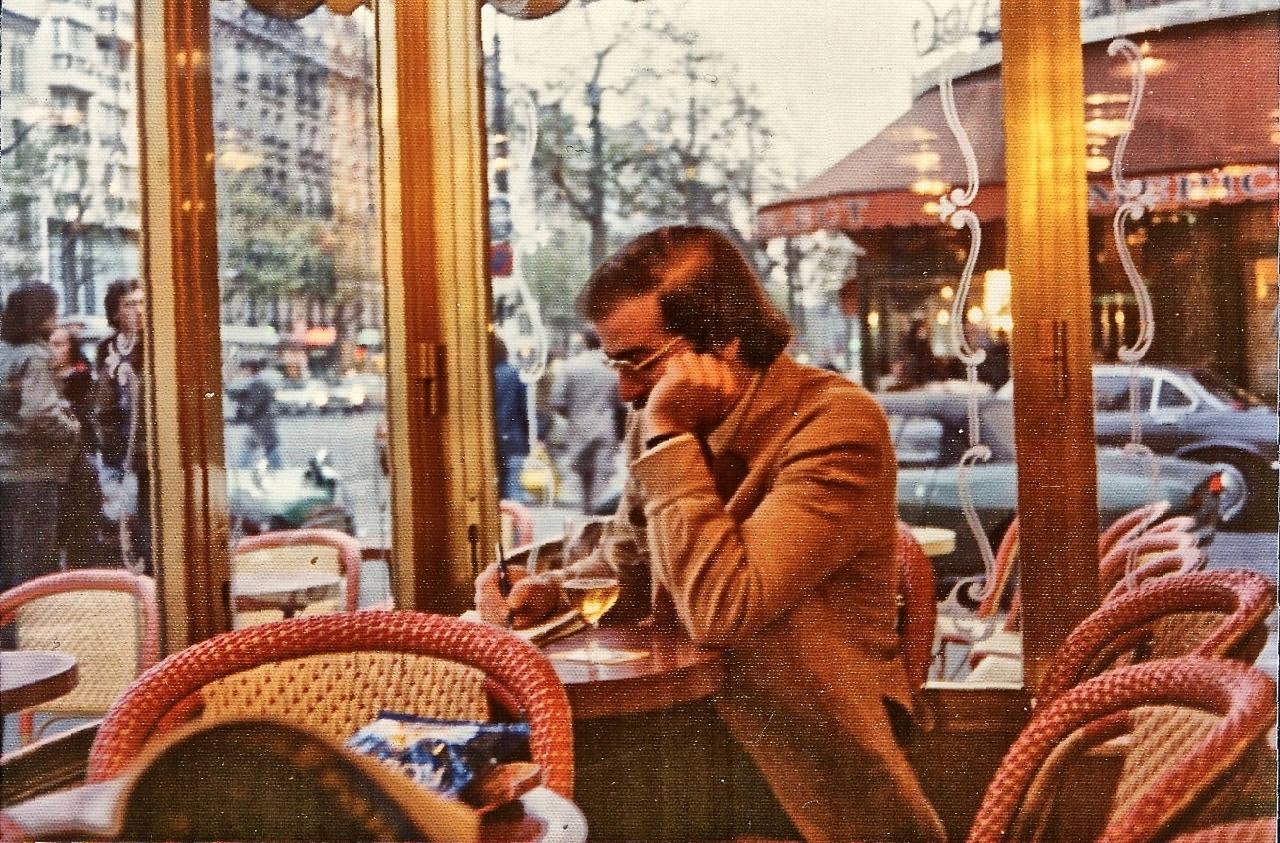
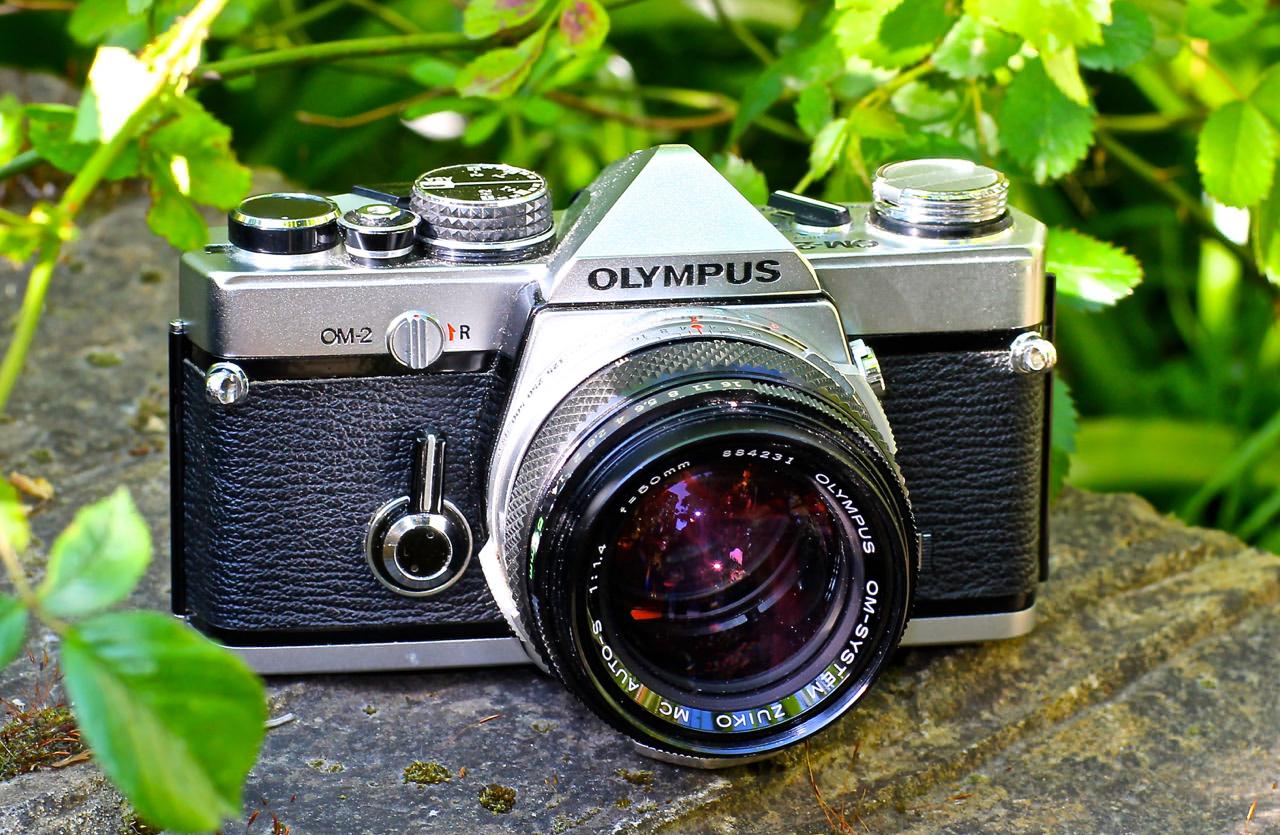
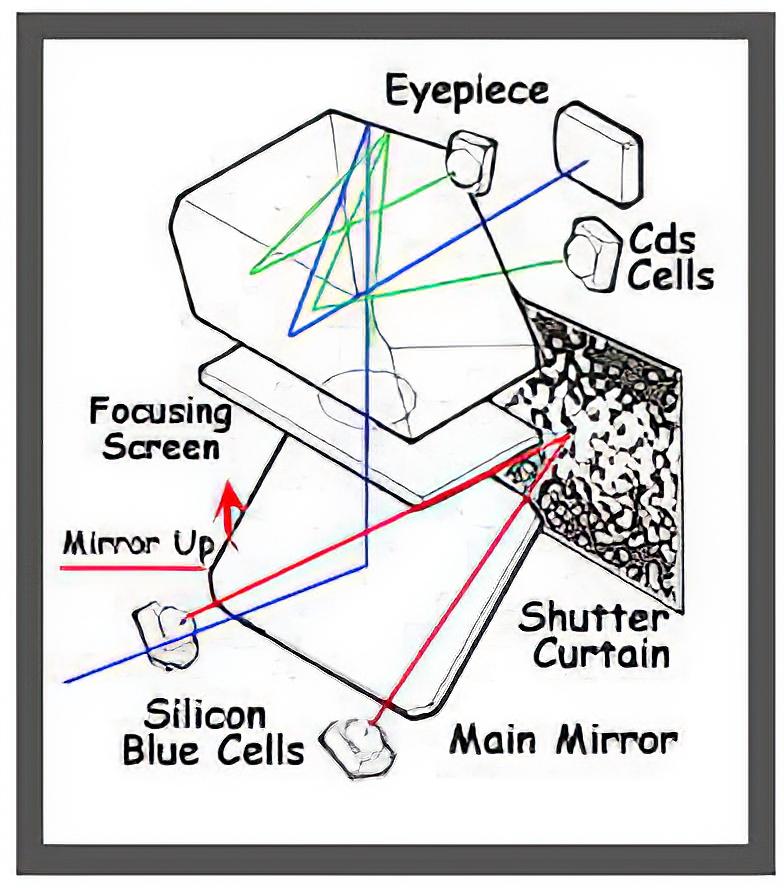
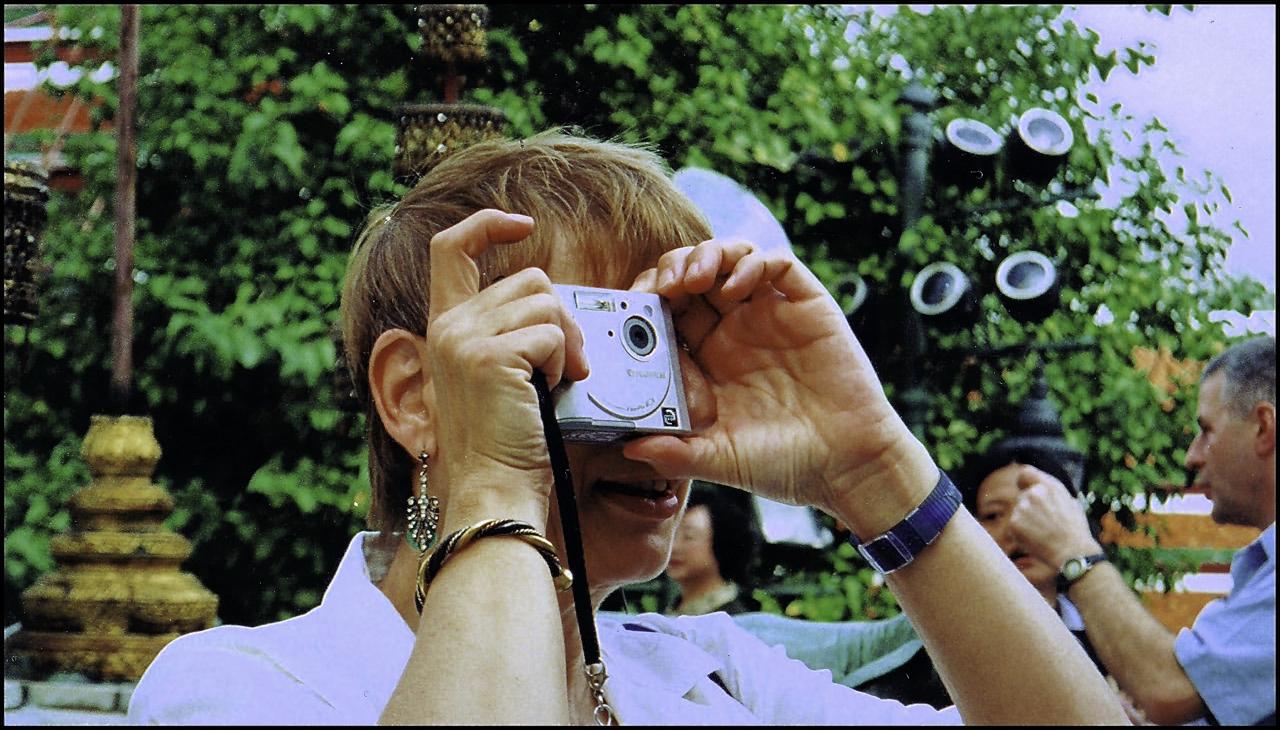
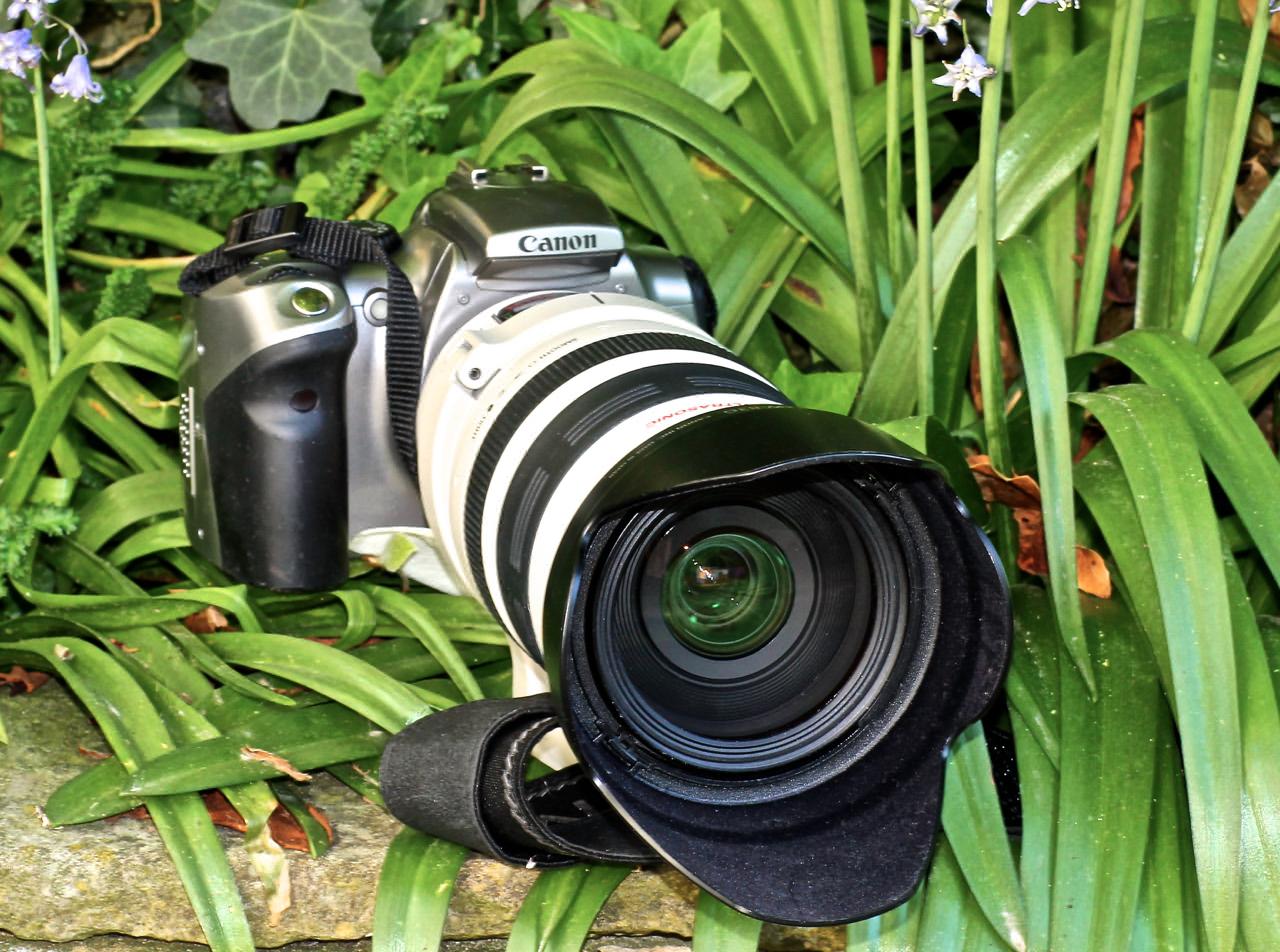
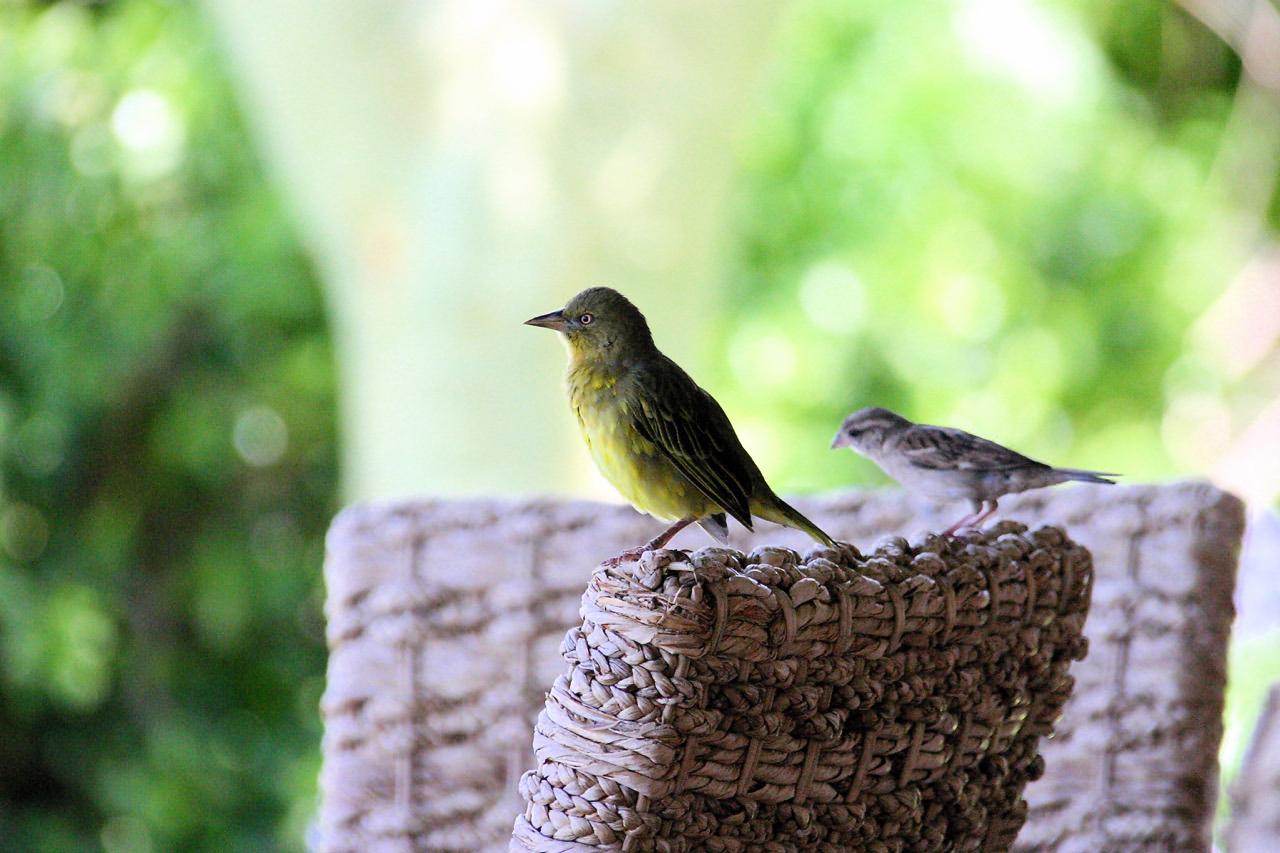
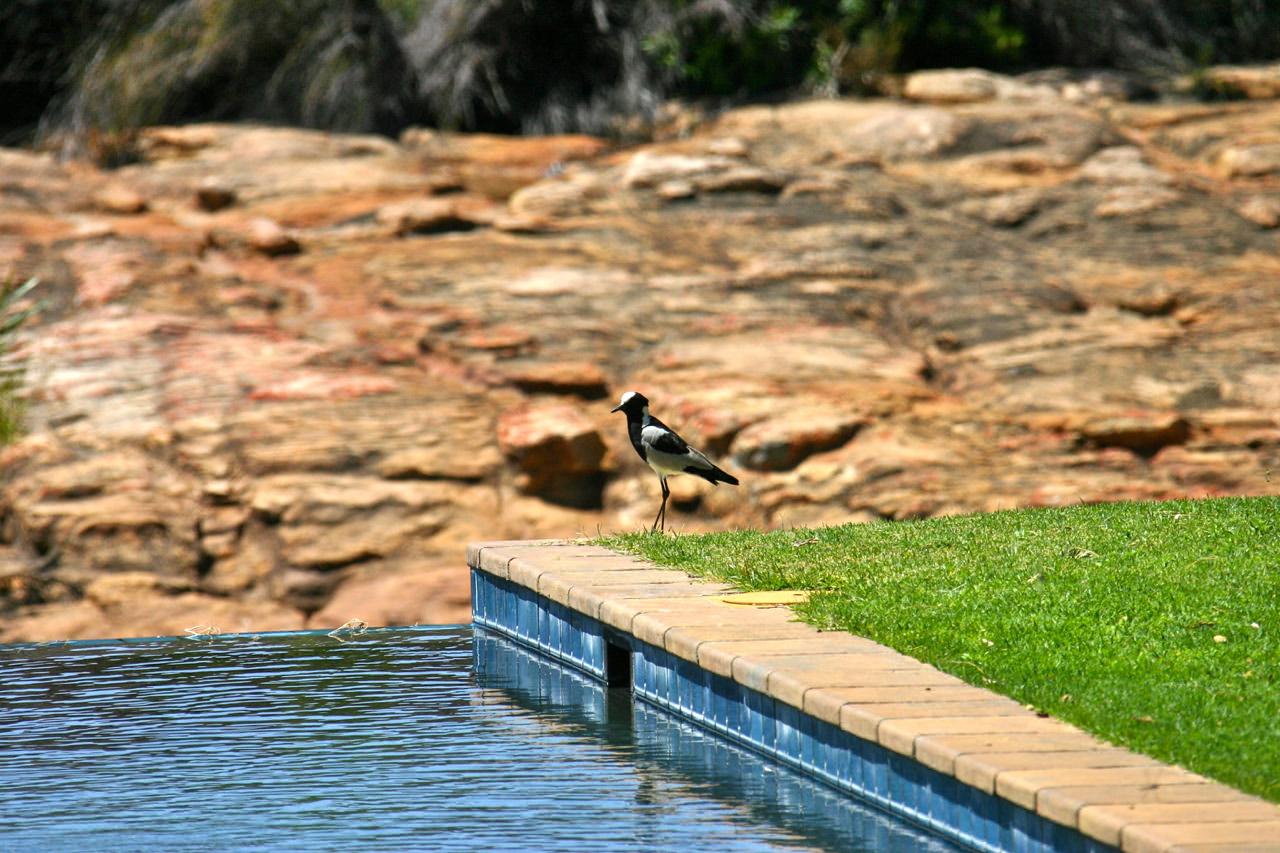
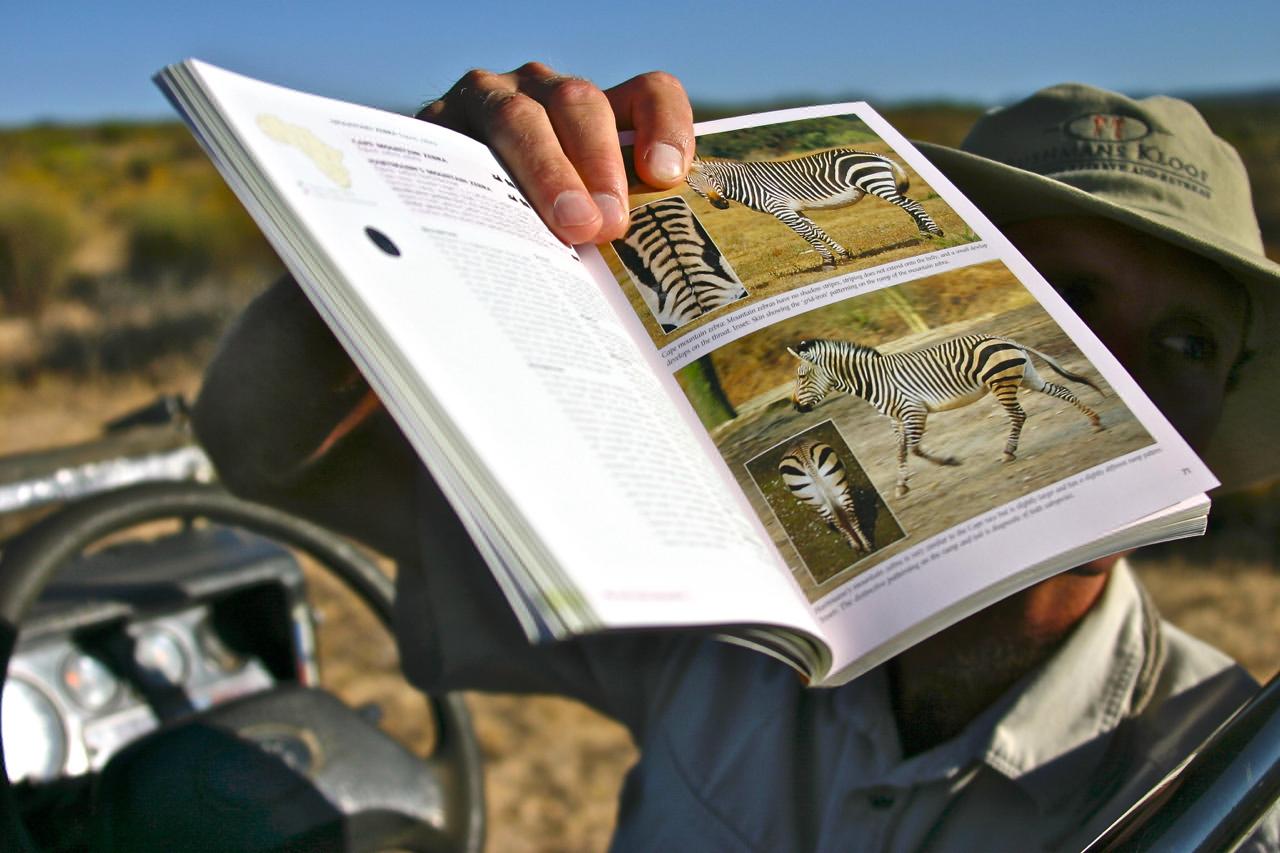
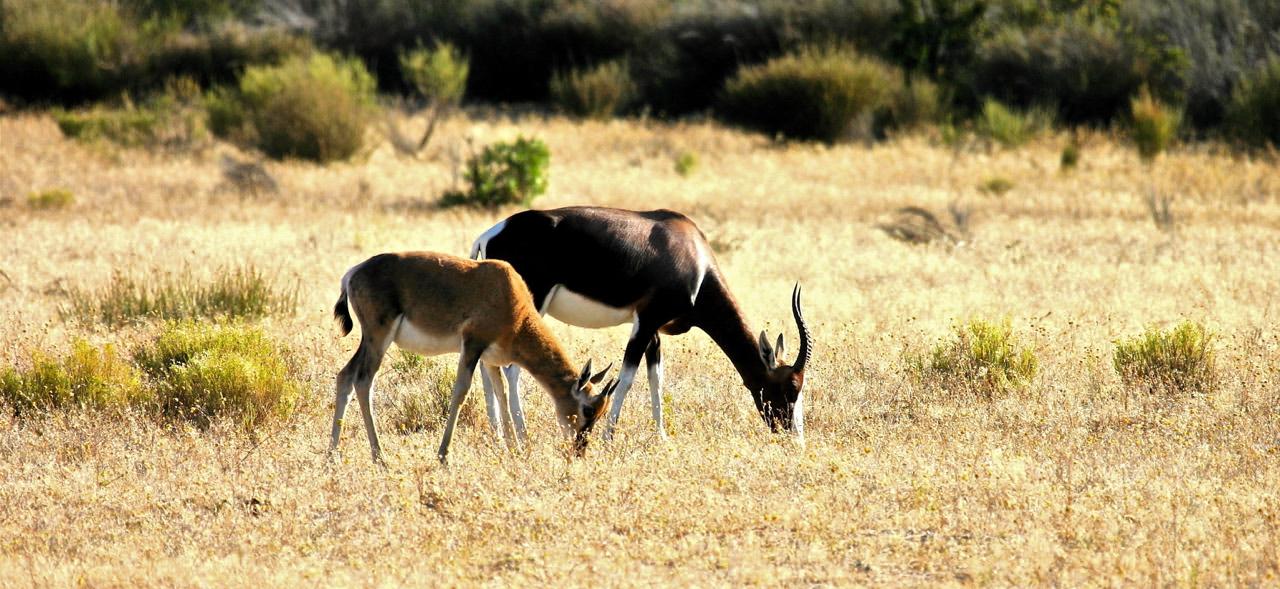
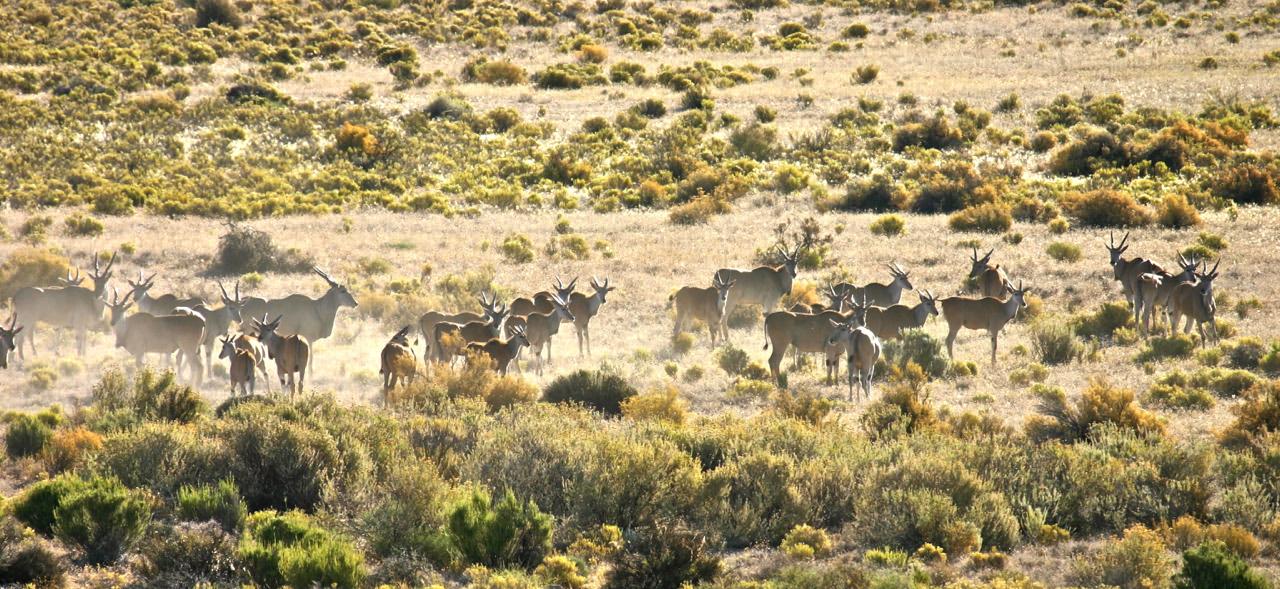
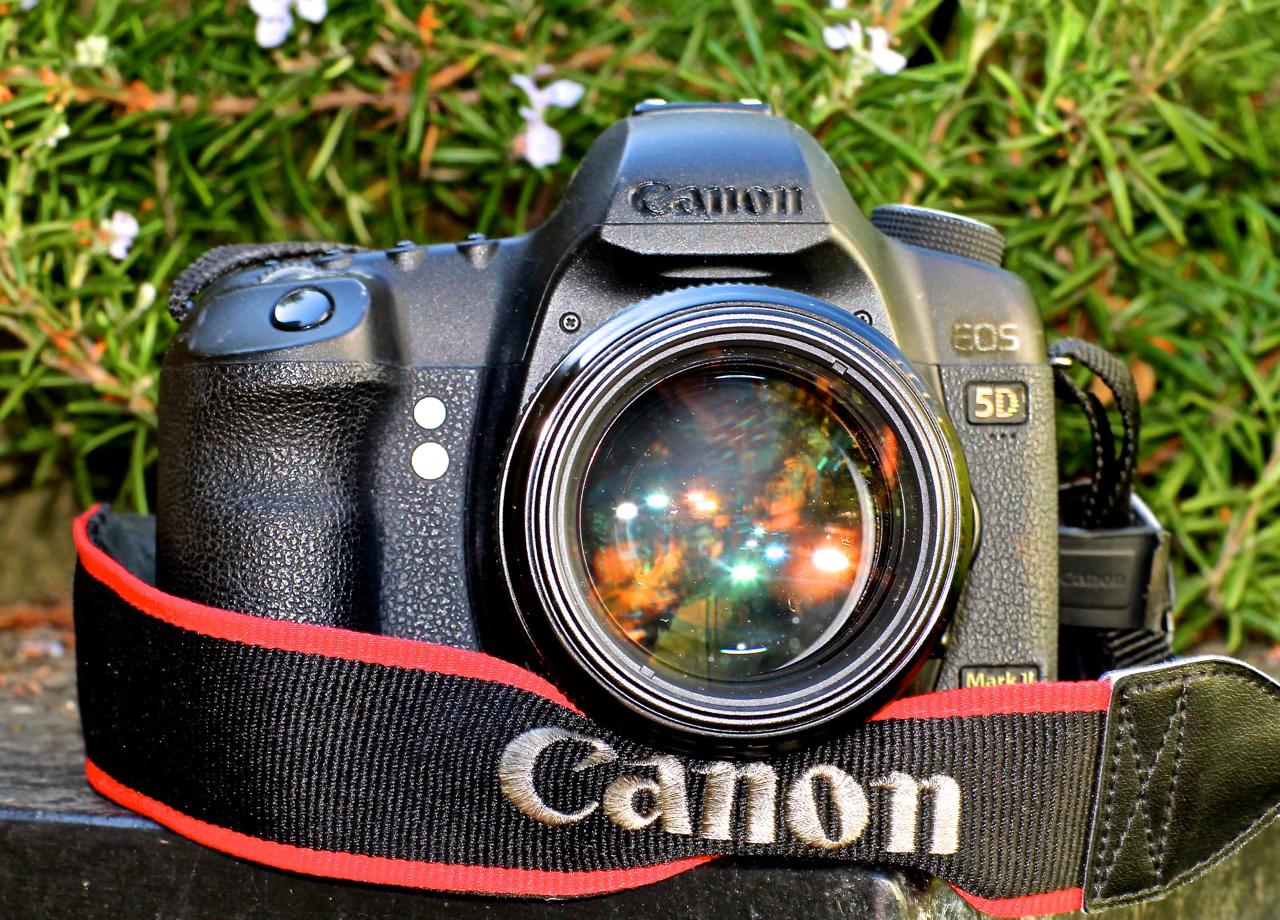
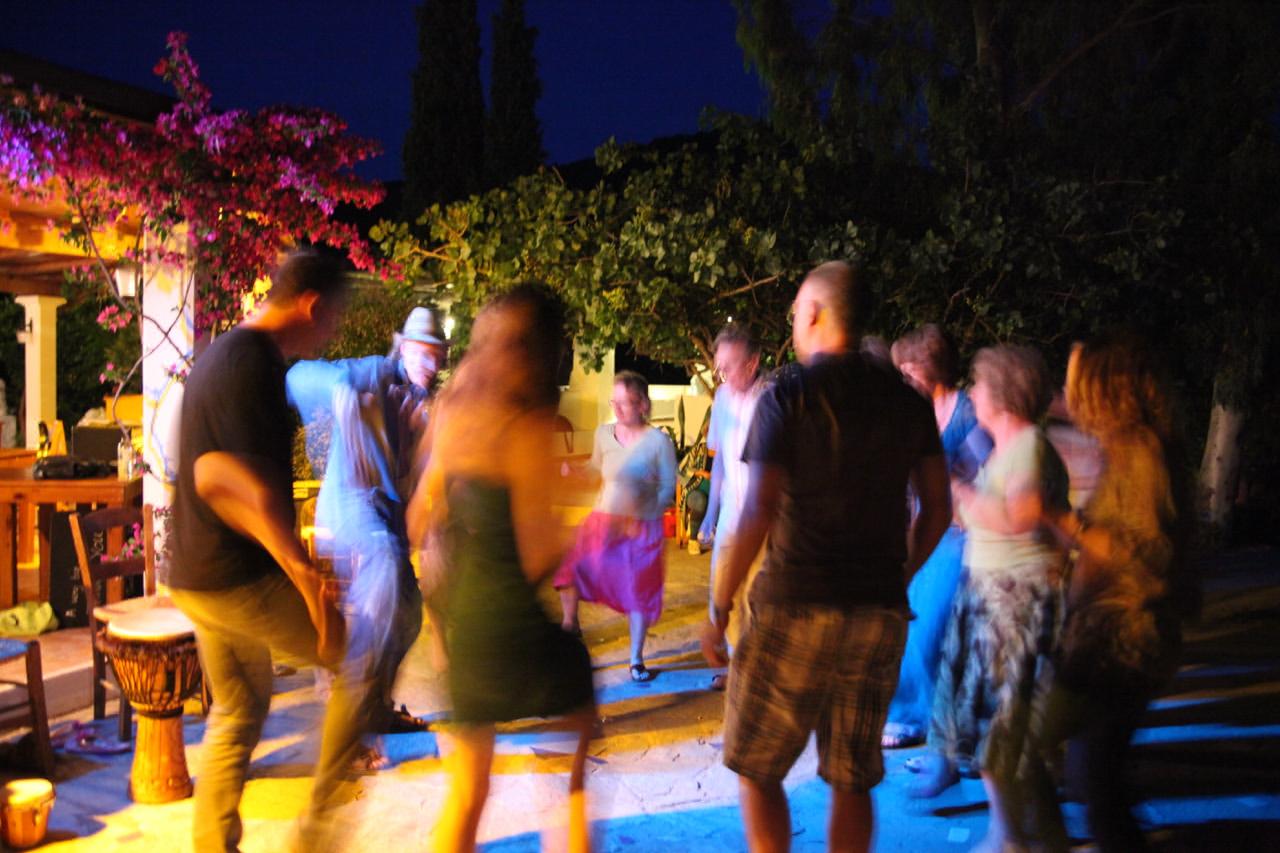
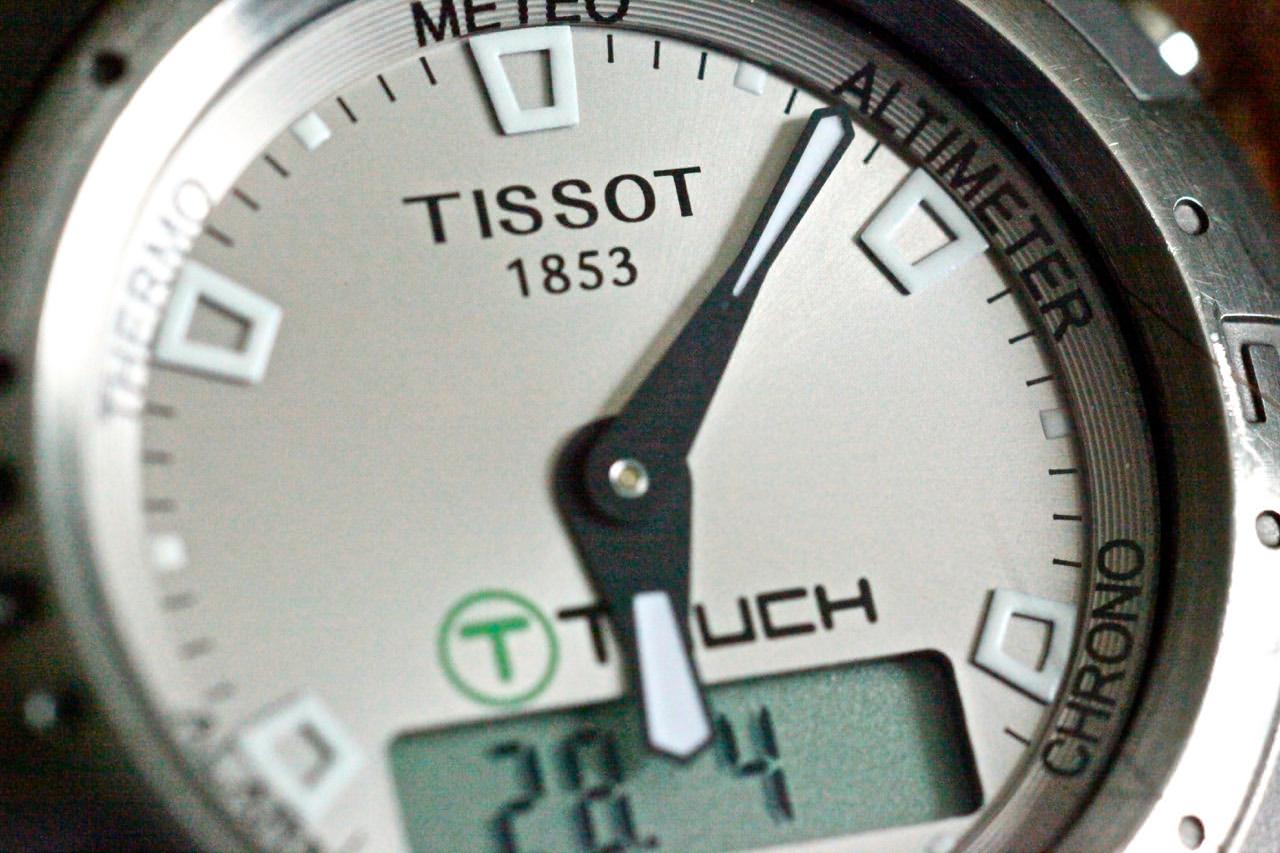
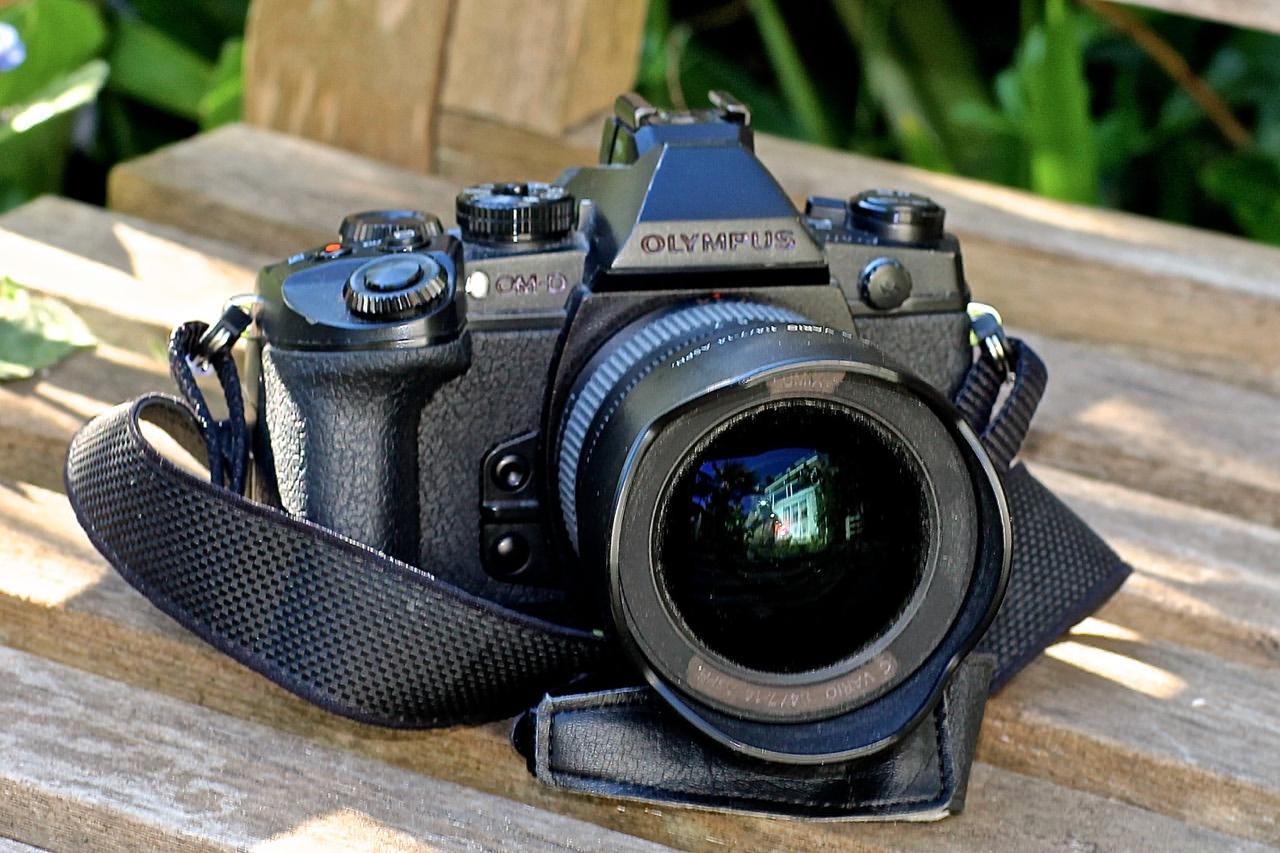
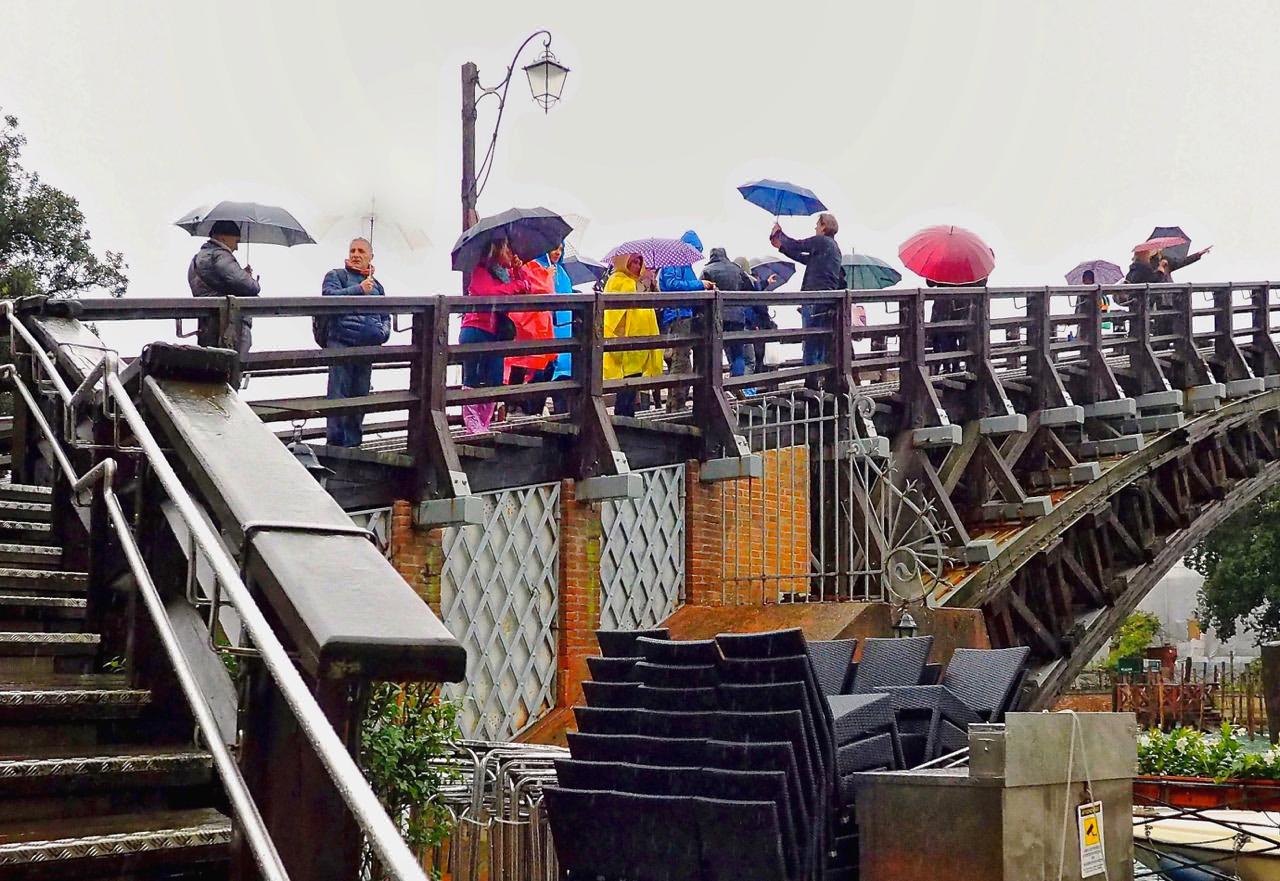
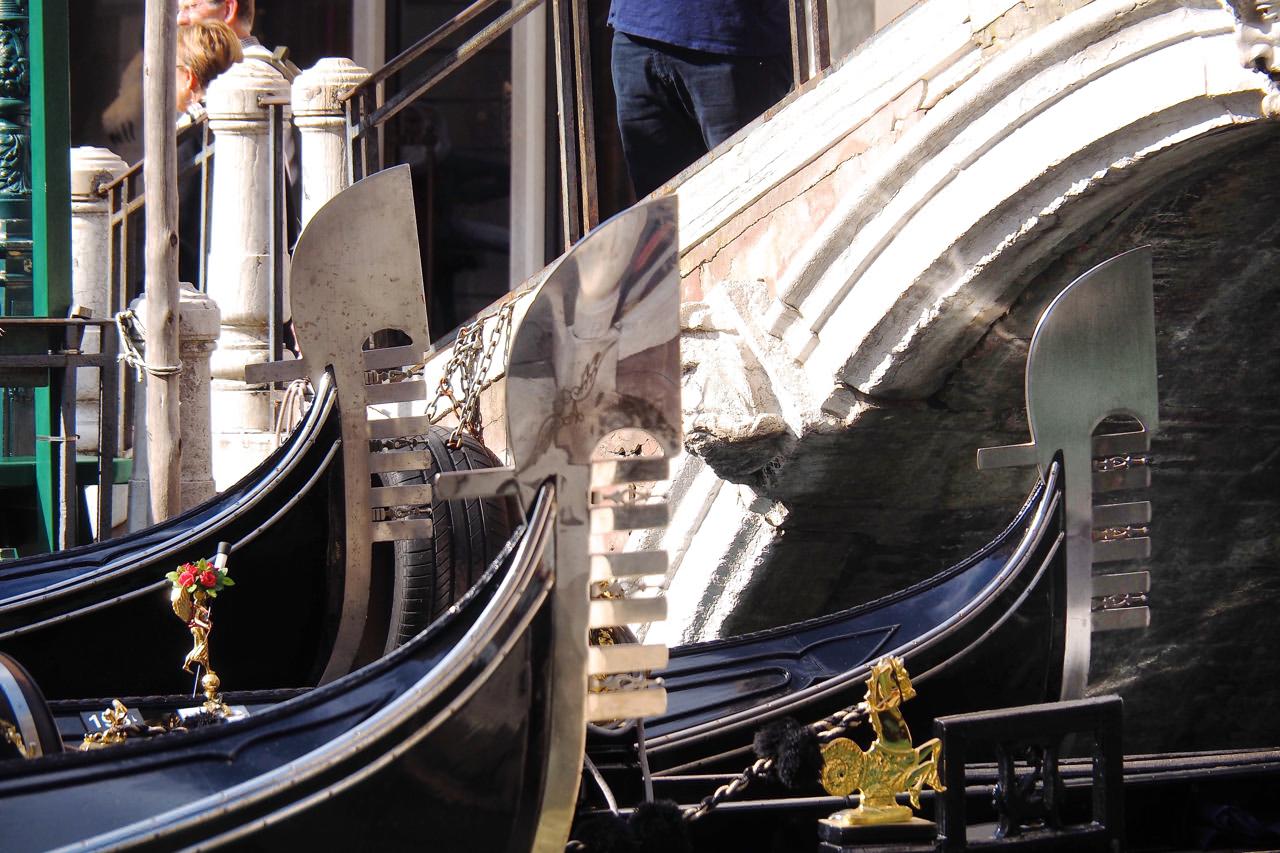
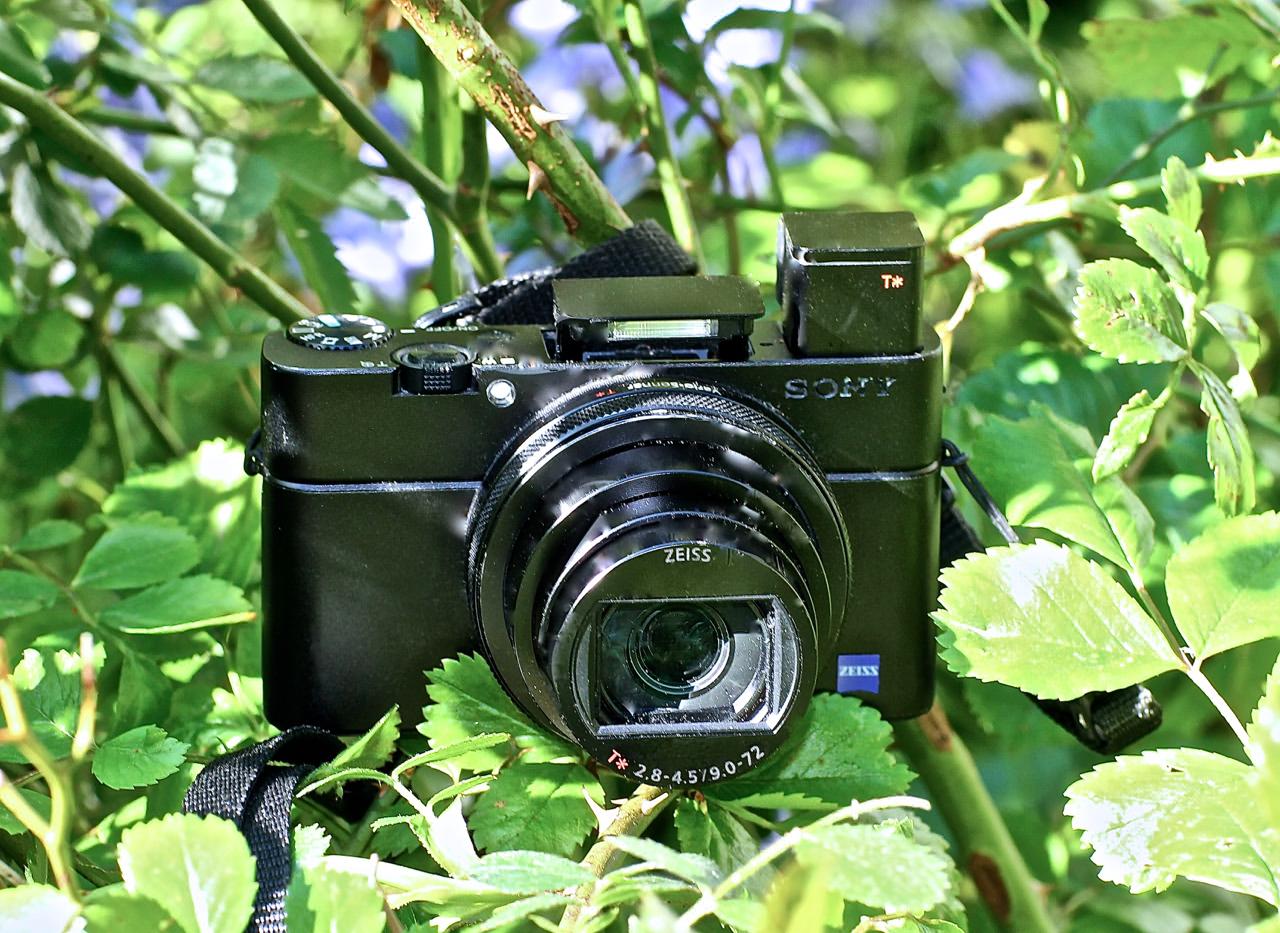
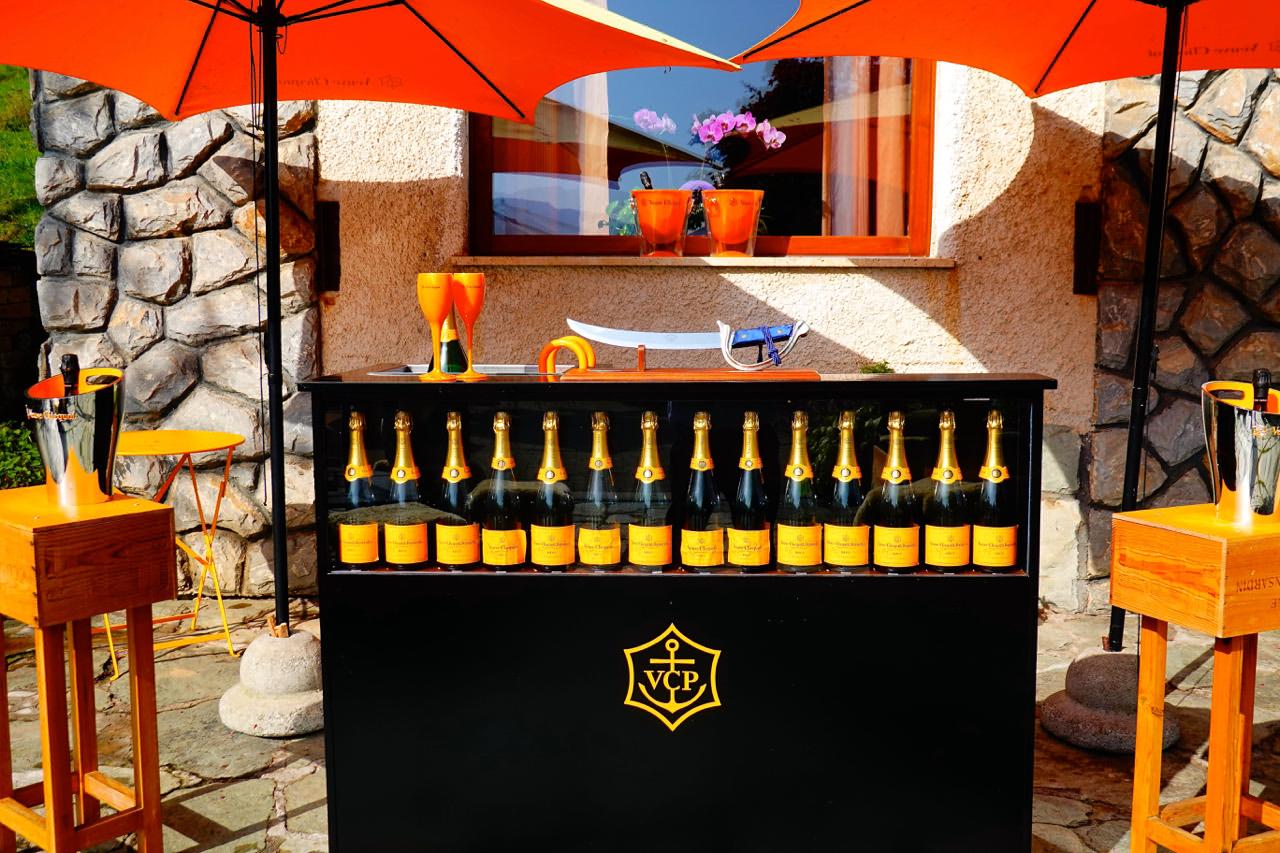
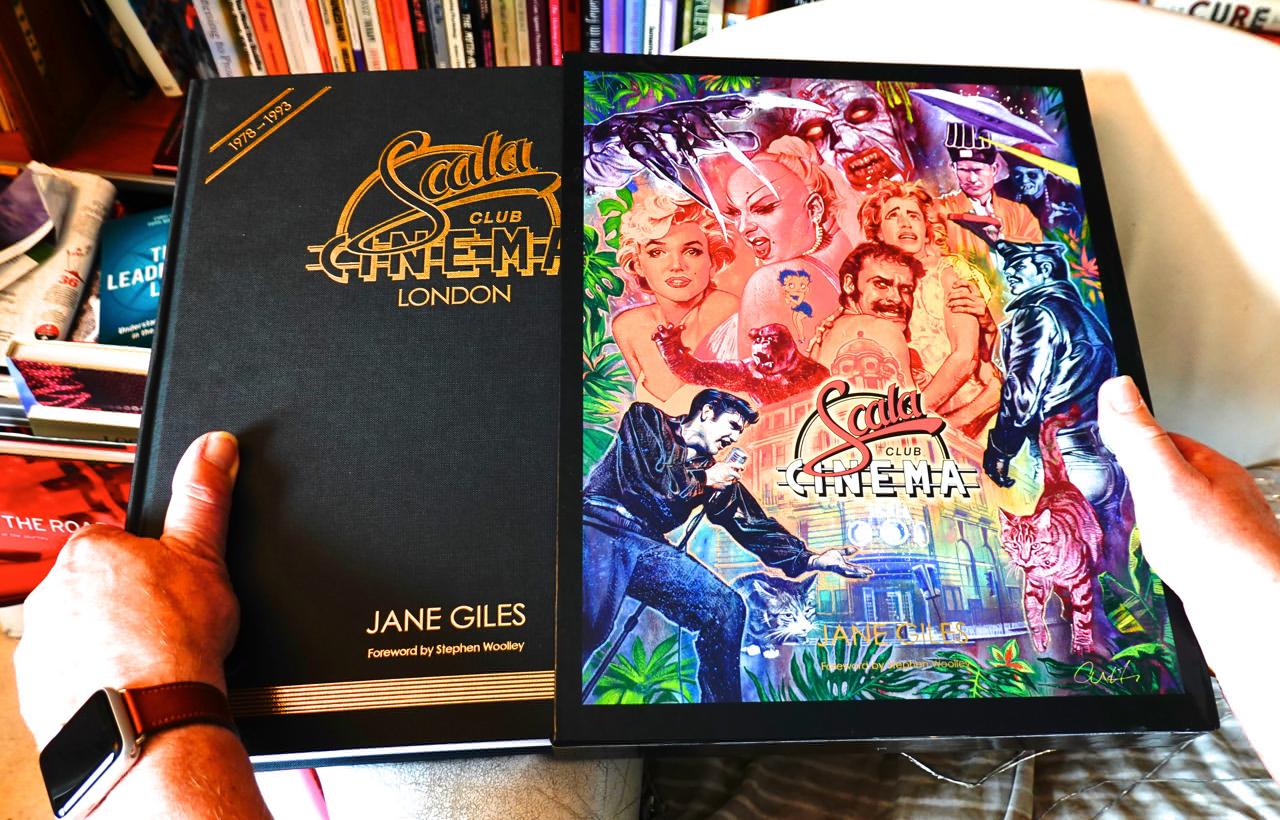
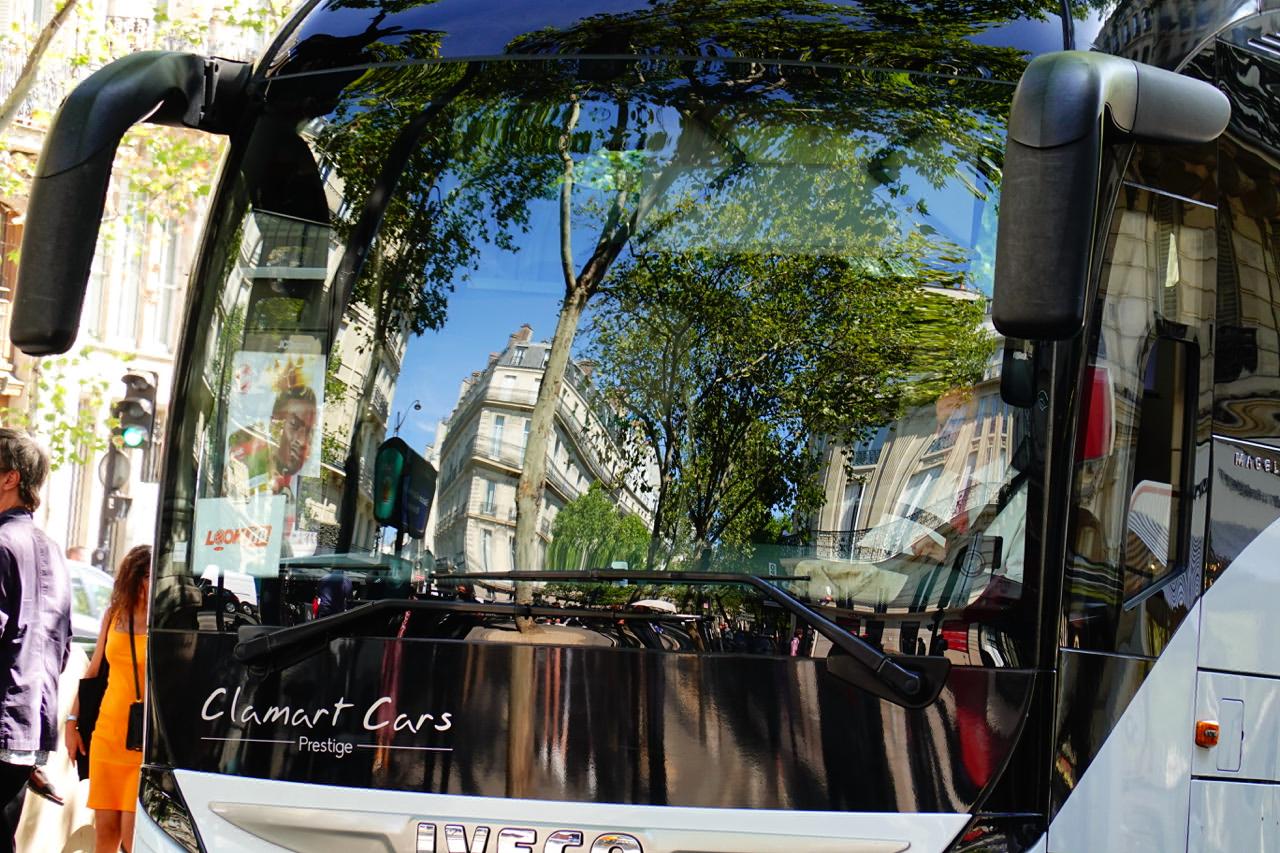
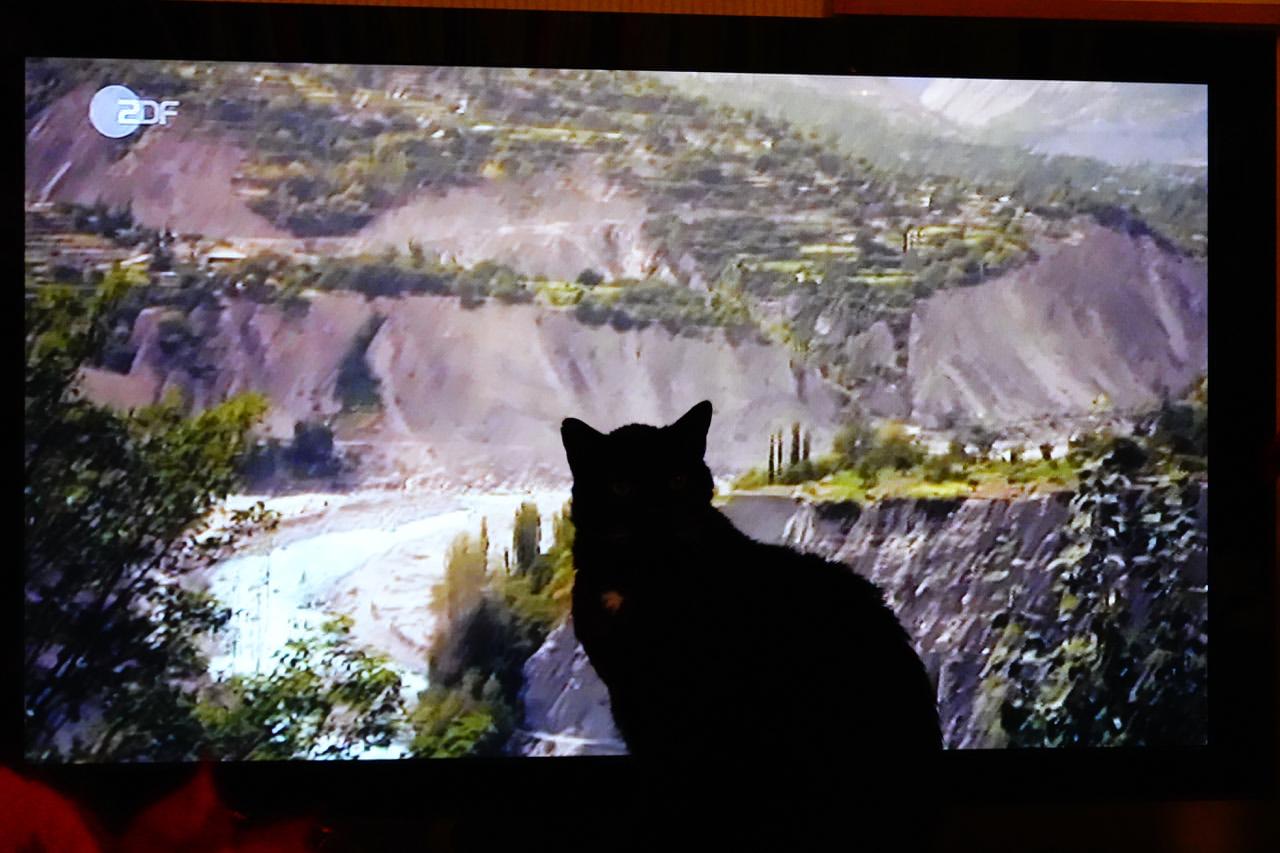
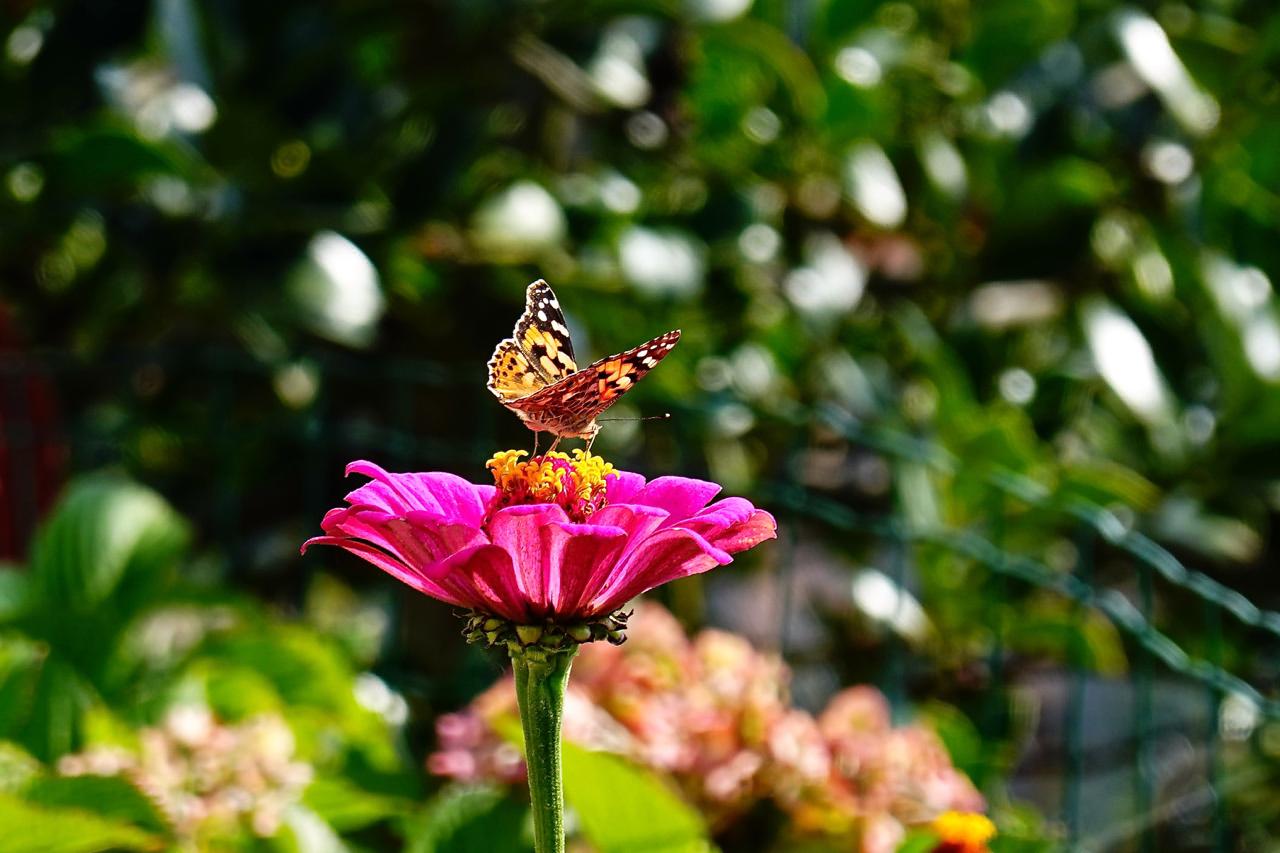




I was 8 and saved all my pocket money for a Kodak Instamatic that came in a box with a racing car on it. Then a Kodak Retina which taught me how to guess distance and light. A Yashica TL electro as school paper reporter. First job: Contax MA 137 and later RTS II. A classic Rolleiflex. A very loved Sony V1, which I forgot in a Berlin taxi. Then Canon 60 SLR ( digital!! only because there was an adapter for my Zeiss lenses which I never used). The Sony RX100 which traveled the farest with me. And finally a Leica CL, which is great, but needs too much energy for adventurous travelling.
Hi Heg!
Dr Sugaya of Yashica, who designed those Contaxes (..they were Yashicas, beneath the trim, in a different-shaped body designed by Porsche..) said that his favourite camera was the TL Electro ..which is what he always carried with him!
The Canon C60 ..18 Megapixels ..wow! That was quite a camera, and the RX100 series were / are wonderful little componions ..sorry; companions! And, of course J-P will be writing all about the CL next week in his ‘M Files’ series on Macfilos.
But “..needs too much energy..”? Oh, you mean winding back the film after every 36 shots and then sticking in a new one. And then sending it off to be developed and printed, etc. And having to carry several lenses because there’s no zoom for it. Mmm; the RX100 really is far less bother, isn’t it?!
Yours,
..the absent David B.
It is a long time since I read the latest thoughts on photography by David Babsky. Does anyone have any news of him?
Ah, several people have mentioned David.
David told me some months ago that he no longer wished to write for Macfilos. I was disappointed and told him that we would miss his independent views on so many topics.
It would be nice if he decided to come back to us sometime, perhaps when he has more spare time.
Thank you , Mike. I feared his health had suffered.
A pity to read the actual reason for his departure.
I miss his prolific recounting of his life adventures. Perhaps he has a new agenda, one divorced from the range of subjects Macfilos embraces. Happily you have talented writers worldwide.
Thanks for the interesting journey. I had a few crossovers with you along the way. My first SLR in 1983 was a Praktica MTL-3, built like a tank and a pretty good Pentacon 50mm f1.8 lens. The camera was stolen years ago but I still have the lens and use it on the Leica CL every now and then. I also started digital SLR with the Canon 300D and progressed to the Canon 5D. I was very close to choosing the Olympus EM-1 as I was attracted by the Pro lenses available and the small format, but ended up gravitating to the Leica CL.
Interesting that you chose the 10 cameras rather than the 10 lenses. After buying the 300D I started to see the shortcomings in my Tamron kit lens and invested in a Canon 17-40L lens. That was a revelation in terms of quality and since then have looked at the lenses available first and foremost and the camera body second.
Thats possibly the most interesting history lesson I’ve ever attended. The full camera monty, from film to digital and a bit of instant polaroid thrown in for good measure. I enjoyed it. Sorry I didnt read earlier, a certain event on Friday got in the way once I’d knocked off from work around lunch time. I have pictures with the Leica in the day.
Its also good to see you’ve owned the cracking, and very capable Canon 5D Mkii. Such a shame though, you couldn’t find a space for your beloved Df, as I see that as one of the best camera’s that will flex to almost anything – including low light work. I’ve just taken it out at night (for the first time too), and I shot some unique images of Rochester cathedral lit for VE Day. The DF just sprang to the task and did what I needed. The files look very clean indeed.
I can only add my support for your sensible choice of the RX100 VI as an excellent go-anywhere camera. I’ve owned one for over a year and it has never been my principal camera. However, it is the one I pick up more often than not when I am going out and don’t want to carry a bigger camera or a bag.
The fact that it fits in most pockets is the camera’s USP, although it performs well in most circumstances. To be honest, I use it most of the time in the excellent Auto mode. It gets things right more often than not.
I’ve tried alternatives, including the Panasonic LX100, and, while I liked them, they are let down by not being pocketable. It’s definitely a good choice for this list.
I’m glad you approve: it’s always interesting to read about other people’s experiences ..both good and bad.
Thanks for letting us know, David!
Thanks for a wonderful trip down memory lane. The OM-2 is the one that triggers the sighs for me: why on earth did I sell it? “Classical Gas” I suspect as I charged towards feature laden Canon AE1, A1, F1, until I realized I had simply become a confused Sherpa with no sense of purpose. Sold it all, bought an Olympus Ixus, then hopped to digital through a little Panasonic, a DL4, DL-109 and now a CL.
The OM-2, the Ixus, DL-109 and CL feel connected in terms of size and relative ease-of-use: taking them anywhere is not a burden. So if you can’t take the shot if you don’t have the camera with you, then size and ease-of-use encourage you to take them wherever you might go. Sometimes you just have to listen through the restless distractions of foreground noise to hear what gives you a sense of comfort and connection.
My pleasure, Chef. “..Sometimes you just have to listen through the restless distractions of foreground noise to hear what gives you a sense of comfort and connection..” ..not easy, but very true!
“..I’ve never owned or even tried any of the cameras you mentioned..” ..splutter-splutter!
“..although I did have a friend with an OM1..” ..at least you’ve got the right friends!
That’s not the same Leica since 1969 is it? Not with the same film in it since then? You’re not a ‘one-shot-a-year’ man? ..No, wouldn’t be with motorsport. And those were greeat ‘lockdown’ pictures the other day, Tom ..you, your friend and you!
Thanks for posting an interesting read David. Strangely I’ve never owned or even tried any of the cameras you mentioned, although I did have a friend with an OM1.
My ownership was Yashica, Leica, Nikon, Hassleblad and a very brief period with a Sony RX1. I can say that I’ve continuously had at least one Leica since 1969. I only use two systems now, Leica and Nikon with the 600mm f4 and 300mm f2.8 for safari and motorsport.
I enjoyed your journey through the years as you passed similar points at similar times to me. A Yashica TL Electro was my choice for my 21st birthday present and I regret parting with it although I doubt the electronics would still work. An Olympus IS3000 gave me images of my young family which I cherish. Then the Leica X1 started a new chapter.
The reality for me is that I have very large hands and I find it hard to bond with the new smaller Olympus and Fuji cameras.
Dr Sugaya, who designed the Yashica and Contax-branded Yashica SLRs, said that the Yash models were his favourites, especially the TL Electro, so you’re in good company!
Big hands. Well, the Nikon Df is great (..aah, but a few little fiddly mechanical latches ..so perhaps not). It’s surprisingly light for its size, though. The Leica SL, then, or its Panasonic equivalent? What about a Pentax K-1? (..though it’s a bit heavy.)
How about a Canon 6D? ..that’s large, but light (..though as David (Bailey) says, above, some Canons may be “..too heavy with some FF lenses attached”).
But if you’re happy with your X1 ..why change?
Well. Your article brought back such happy memories of the Olympus IS3000 that I bought one on eBay this morning before completing my post. We’ll see if it works but the advert said Good Condition so it must, correct?
As regarding the Leica SL if finances allowed then I would buy one in a heartbeat as the second hand price makes it a good value camera. Then I would start a search for a good lens and I think I would be spoilt for choice. The Canon 6D fits my hands perfectly but I never gelled with the 5 or 6 series. Thanks again!
Mmm ..the 5 and 6 series didn’t have any clearly-defined shape, did they; a bit like those ‘jelly-mould’ Ford Mondeos. They were nothing much to look at.
All the best, though, with your long-snout ‘Memory Lane’ Olympus IS3000..! It certainly has a distinctive look!
I was going to say:
Mmm ..the 5 and 6 series didn’t have any clearly-defined shape, did they; a bit like those ‘jelly-mould’ Ford Mondeos. They were nothing much to look at.
All the best, though, with your long-snout ‘Memory Lane’ Olympus IS3000..! It certainly has a distinctive look!
..but the software here tells me that I’ve “..already said that..” ..?!
Though I’ve had several cameras over the years, my life changers were simple:
Pentax K1000 (15th birthday present)
Leica M9
I actually ended up with Leica because of the wonderful compactness of my K1000 and the ME Super while all the DSLRs were just getting bigger. I carried around some Pentax *istD and a lot of Canon EOS kit for awhile.
Related to this would be the lenses that have shaped us.
For me it’s been:
Pentax SMC A 50mm f/1.7
and then almost every Leica & Voigtlander lens I’ve owned. I somehow find character in all of them. The Canon lenses were perfect, but not poetic.
It sounds like you’re most attracted to manual-focus lenses, Dan. Perhaps you like things to be tactile, and to be mechanical, rather than squeezing a button and letting the camera do the focusing by itself.
Sounds like you take great pride in your manual skills!
A great retrospective, David. A thinking-ful way to start the weekend.
And enjoyable to see the images from the vault.
One particular image as my favourite – the people on the bridge – composition, lines, perspective, and the contrast of the colours of the coats and umbrellas with the industrial structure of the bridge.👍
That’s the wooden Ponte dell’Accademia in Venice, over the Grand Canal. And they’re a bunch of multicoloured tourists. I’ve made the sky rather darker than usual, so that the transparent umbrella – of the one man facing this way – is actually visible, and not just a thin stick.
My own preference is to have the sky rather paler, but then it looks as if the man’s holding a rod which goes nowhere!
It’s good fun, though, isn’t it? (Although the day was dismal ..as you can see!)
First for me was a Kodak instant camera in the mid 1970s. It was a massive thing, with a slide-out built-in flash and if I remember correctly, two or three different focus distances (flower, people and mountains).
From that I moved to a 110 instamatic, also by Kodak, and finally got my dream camera in 1981; a brand-new Minolta SRT200 with a 45mm f/2 Rokkor lens. A year later I added a Focal (K-Mart, by Kiron) 135mm f/2.8 and four years after that a Kiron 80-200mm f/4.5 zoom. My pictures were better when I only had the 45mm.
I added a second body (Minolta X-570) that I really liked, and then some years later lost interest in photography.
I got the bug again in the early 2000s with a Canon Digital point-and-shoot (PowerShot S50, if I recall) that took surprising good 5 megapixel pictures, and while slow to autofocus, was fast if prefocused. It also had a rather inaccurate window finder that I used anyway instead of the small LCD on the back.
My first DSLR wasn’t really a DSLR at all (Sony A77), which I quickly replaced with a full-frame A850.
The one camera that really moved me the most though was the Leica M Moncohrom. I lusted after it from the moment I heard of its existence, and when I came into some extra cash in December 2012 I went ahead and bought it, along with a 50mm f/2 Summicron and a 35mm f/2.5 Summarit. THIS was the one. The lenses are long gone, but that CCD M Monochrom is still my favorite camera today. I’ve also got a color M 262, but most of the time I use the Monochrom.
Those Kirons were not too sharp, as I remember, Andrew, so it’s not surprising that “..My pictures were better when I only had the 45mm”!
“..The lenses are long gone..” ..what, even that excellent 35mm f/2.5 Summarit? (..and I don’t even like 35mm lenses very much!) The Minolta lenses were excellent; not as contrasty as many others, and so far better for misty days, for a fine range of greys (..using black-&-white film..) and so I can understand why you were – and are – attracted to the Monochrome.
Yes David, I plead guilty to having used a VPK. Of the cameras that you show here, I currently have a VPK and a Rollei 35. While I own far more Leicas than any other make I have owned and used quite a range of still camera makes, including the items listed below in no particular or alphabetic order. Of these Nikon and Leica would have been my mainstay system cameras and the others would have involved occasional forays with compacts etc. Despite having owned a lot of Nikons and Leicas, I would not regard myself as a ‘brand fan’, even for Leica where I have a very substantial collection of vintage cameras and lenses. As a user, the best camera is always the one I have with me and as a collector the best one is the one which arouses my curiosity most.
Here is the list of camera (not lens) makes which I have owned and used
Agfa
Balda
Kodak
Nikon
Leica
Rollei/Rolleiflex
Zeiss
Contessa
Corfield
Fujifilm
Lumix
Welta
ICA
Intrepid
Minolta
Yashica
Vivitar (yes a camera and not a lens)
Leotax
Sony
Polaroid
Apple
Huawei
I have used other makes at workshops such as a Sinar at a recent large format event. Most of the above are/were film cameras. My reasons for liking any camera are many and include portability, handling and availability of good lenses or prior investment in a system. Not all cameras that I have used have been to my liking, although the number of absolute dogs has been remarkably low.
David, I enjoyed your piece above. I would never paint out the name on a camera as I would not perceive it as advertising. Likewise, I would not put black tape on a Leica red dot or a Nikon name plate. I regard the cameras that I use as tools and the most important things are the photographs they produce. Collector models are another thing altogether, of course.
William
You were using a Sinar, but “..My reasons for liking any camera … include portability, handling and availability of good lenses..” ..well, a Sinar is hardly “portable” ..they’re generally a ‘monorail’ (like the 5×4 Plaubel I used to own) with up/down, left/right, tilt/shift lens-and-back movements (..and now Sinar belongs to Leica, I think).
“..I would never paint out the name on a camera..” ..well, I find bright, sparkling, glistening white on a black body to be like SHOUTING! its brand name ..that’s, after all, why the manufacturers put it there!.. I like to be more discreet.
That’s quite a list of hardware there, William! Which one was your favourite, and why?
I was speaking generally about portability. The workshop was built around a studio portrait session for which the Sinar was ideal. Readers here may not know it, but Sinar is now owned by Leica AG. The two large format cameras I actually own, an ICA Reisenkamera and an Intrepid 4×5 fold up into quite small packages, particularly the latter. As for favourite cameras, in Leica the IA, IID, IIIc, M3 and M6 for film and, perhaps, the M10 for digital, with Nikon, the EM (yes a limited camera, but really compact) and the FM3a for film and perhaps the D3 (yes getting big again) or the D700 for digital. With Fujifilm it would be the X-Pro2 (one of the best physical layouts of the digital era). My father’s Balda Super Baldina, of course, although it is quite a b****r to use. I have a real fondness for my recently acquired Welta Perfekta. In some ways I think I prefer it to my Rolleiflex E.
For for painting or taping over camera names, I will leave it at ‘chacun a son gout’.
William
Yes, my gout is definitely for paintin-gout. (Ahahaha! ..oh, maybe a bit too much sugar in the tea this morning. Or too much Frasier.)
That Nikon EM ..that’s a real gem ..all that you need, and nothing that you don’t. Seriously under-rated. Fall-back manual shutter if the battery runs out. Noisier than your Leicas, but all that one really needs. Ditto the D700 (..but that’s a bit big).
My father was Balda as he got older ..and I too! (OK, that’s enough Frasier fun. No; on second thoughts ..nah! you can never have enough Frasier fun!)
What an absolutely super and enjoyable article. My starting-pont was a Brownie E box-camera in my teens. Then my borther’s Voigtländer Vito B took me round the Near East in 1961-2, and it soldiered on until replacement of a convenient sort in the Olympus mju-1. That saw me through until my first digital, the D-Lux 4, for another Near Eastern visit in 2010. Then followed a whole galaxy of Leica and Sony acquisitions, including the RX100iii. And now you make me wonder whether that should yield its space to the Mark VII – which I’ve hitherto been dubious about, wondering if such a long zoom could emulate the sharpness of the shorter throw of earlier models. Any comment on this latter point would be appreciated.
Yup, I had a Brownie (..or was it a Voigt?..) box camera, too ..and my brother bought a Voigtländer in Aden (..does that count as the ‘Near East’?..) when he was doing his National Service in the early sixties.
And my Beloved got an Olympus mju-1 when they first came out! ..Perhaps we live in parallel universes ..oh, no; wait: we both live in this same Universe!
You’ve been wondering about an RX100 Mk VII? You wonder about the quality of its longer zoom than the Mk III? The zoom on the Mark VII is the same as that on the Mk VI ..and look at the photo of the butterfly (the last picture above) to see what that lens delivers! The Mk VII is almost identical to the Mk VI, except – as I mentioned – for a few video-centric improvements, such as an external microphone socket, unlimited clip length, and a higher resolution rear screen ..but the pop-up viewfinder resolution is identical for both cameras. Oh, and the Mk VII has “Real time Animal Eye AF Tracking” ..if you’re thinking of tracking animals’ eyes in continuous-mode shooting (?!).
I’ve stayed with the (cheaper) Mark VI, as there’s no advantage – for me, anyway – in swapping to a MK VII. But I can certainly vouch for that lens! (The lenses on all the ‘compact’ Sony cameras are much under-rated in my opinion. They’re as sharp, and clear and contrasty as the Olympus single-focal-length ‘prime’ lenses ..you just cannot go wrong, John, with a little Sony! ..But try one in a shop – take an SD card with you, as Don recommends – if you live anywhere near shops ..oh; of course ..I forgot: the shops are shut – for now! Darn it!)
Thanks David for your article which brings back fond memories of past times. My first camera was a Halina Dux which took 126 films in the late 60s. Bought my first serious camera in the late 70s, a minolta SRT 100X with its 45mm lens. I remember swapping it for a XGM in a Dixon’s store while I was a French langauge assistant in Aberdeen in the early 80s. My favourite film cameras were the Contax 139 and its lenses and the contax G1 with a 21,28,35 & 45 G lenses. Moving to digital after my Leica R9 and lenses I enjoyed the M8 and it’s lenses. Now I just shoot Ricoh GRs and Leica X2. I’m perfectly happy with them although I’d sometime like something with a longer reach but still wondering which one to buy?
Jean
Those Minoltas were rather under-rated in the UK, but had, I think, a big following in Germany. Here in the UK I think only David Kilpatrick wrote on and on about Minoltas ..most other people seemed to ignore them ..but, of course, they were highly rated by Leitz/Leica, who went into partnership with them to create the Leica M5, then the (original, film) CL, and many of the Leica SLRs!
The Yashica/Contaxes were terrific ..what a difference it made to Yashica’s fortunes to team up with the Porsche design studio, who turned un-remarkable lumpy Yashicas into sleek and desirable ‘Contaxes’! Mind you, the Zeiss lenses for the Contaxes were a stunning step up from the run-of-the-mill Yashica lenses! ..And those G series cameras were small, fast, sharp and superbly capable!
Something “..with a longer reach..”? I think you’re talking about a Sony RX100 MkVI.
A most interesting article, David. I shared twenty percent of your journey above with my own much-loved Brownie 127 and even more loved Canon 5D Mk II which I had for four years before moving to Fuji in early 2014.
The 5D MkII was indeed a very capable camera but too heavy with some FF lenses attached. I do remember however its C1, C2 and C3 settings for storing landscape, sports and any settings you liked. It was far more capable in this respect than Nikons which at the time could only store very basic settings.
Thank you for re-awakening some good memories of two old cameras of mine and introducing me to some fascinating other cameras you have owned.
Keep smiling through….
David
You’re welcome; my pleasure, David. I think I’ll put a modern lens in my Brownie, so I still have the ‘feel’ of the old camera, but get photos with a little more ‘crispness’ than that old plastic lens gives.
The only thing I disliked bout the 5D MkII was that it was rather noisy (the clatter of the mirror and shutter), so I kept it for movies, but changed to a slightly quieter 6D for stills. You’re right about the weight, though!
The 5d2 Canon still taunts me, Mitch Dobrowner an Ansel Adams class fine art photog I follow uses on tripod w/o AA filter, I have his Book Storms. Knock you out of your seat, my secret bucket list is be able buy one of his prints. The small Sony photog I follow is a magnum photog, Matt Black did series geography of poverty, his route across US was Robert Frank like, in the Americans. I guess your article proves there are excellent tools still to be used just go out use what you have. Thank you enjoyed this article very much.
Mmm! His clouds, tornadoes and storms ( tinyurl.com/St0rmz ) are incredible, aren’t they? I didn’t know that he uses a 5D MkII for those.
I’m glad you enjoyed this amble through time, John!
My dad bought one of those Praktica LBs back in 1973 from the local branch of Dixons, he subsequently passed it on to me a couple of years later when he upgraded to a Nikkormat FTN. My first 35mm camera.
I think Stanley Kalms, the man who owned and ran Dixons, must have bought the entire output of LB2s from Pentacon (..which once was Zeiss..) in what was then East Germany ..as you – or I, anyway – never saw them in any other shops except in Dixons! ..Great camera, for its time and price, though!
I don’t know what happened to mine ..maybe I passed it on to someone else ..I bought this one (in the photo) on eBay so that I could take a picture of one for this piece (..it arrived with a different lens, so I bought this old Tessar lens on eBay, too, to make a complete kit which looked like mine).
I hope you’ve great memories of yours, David ..I do have of mine!
The thing that I’ll always recall about it was the noise of that metal shutter when you fired it, loud doesn’t do it justice!
If I remember correctly my dad also bought a Pentacon 29mm and a Carl Zeiss Jena 135mm at the same time.
I subsequently moved on to a Fujica ST-801 but kept the lenses as the Fuji was a m42 mount as well.